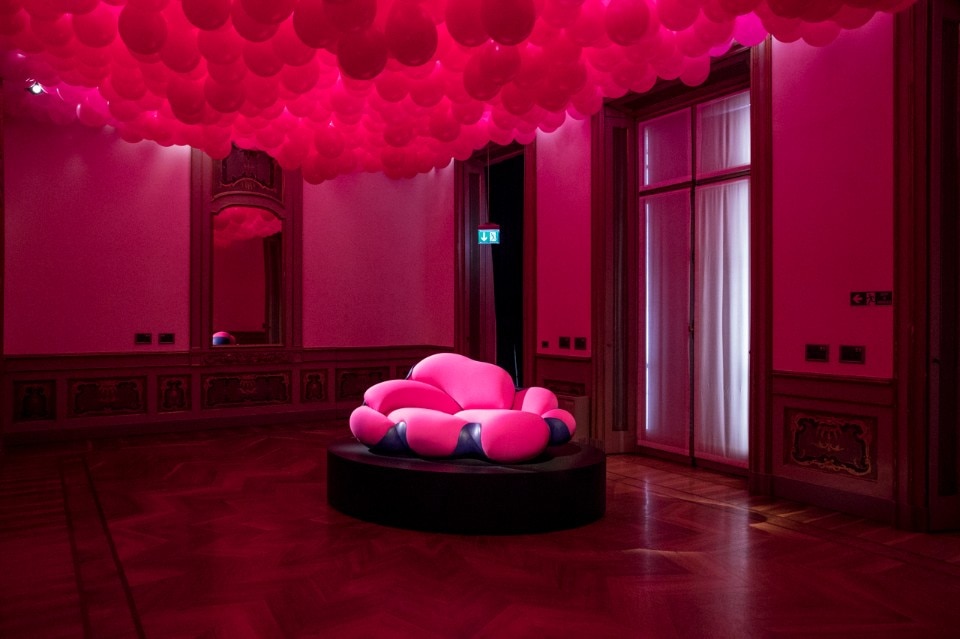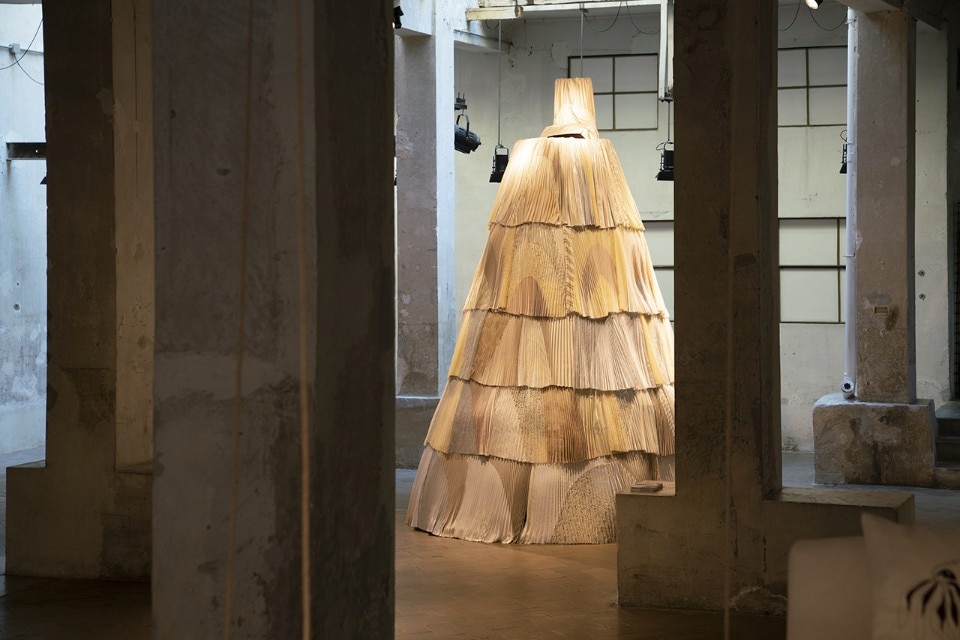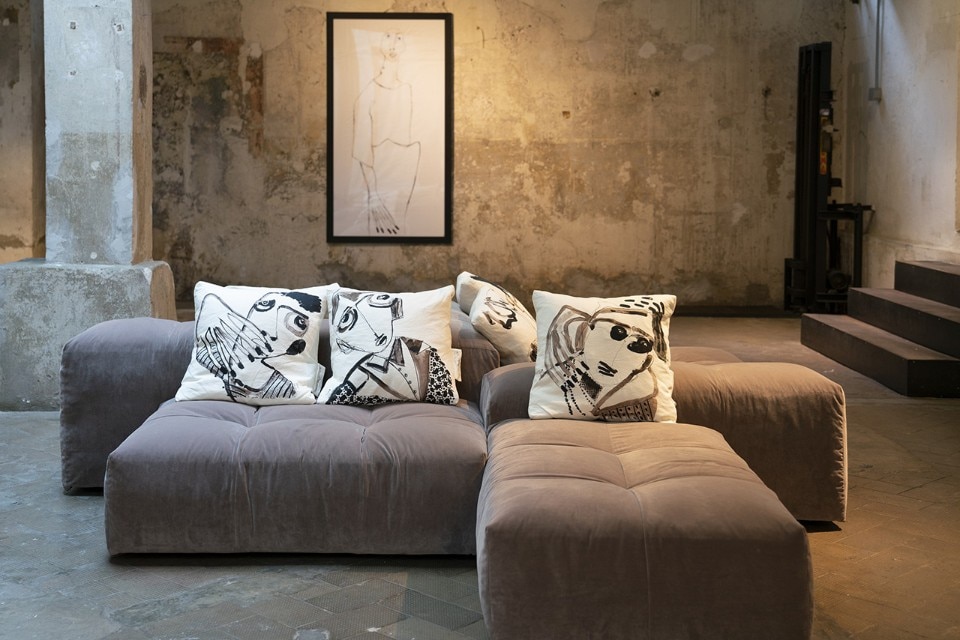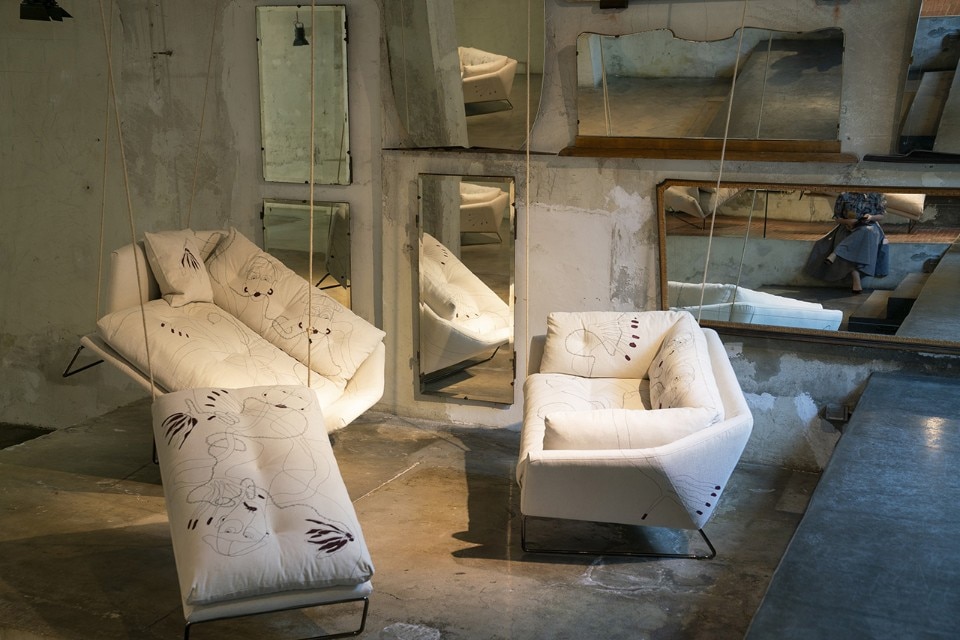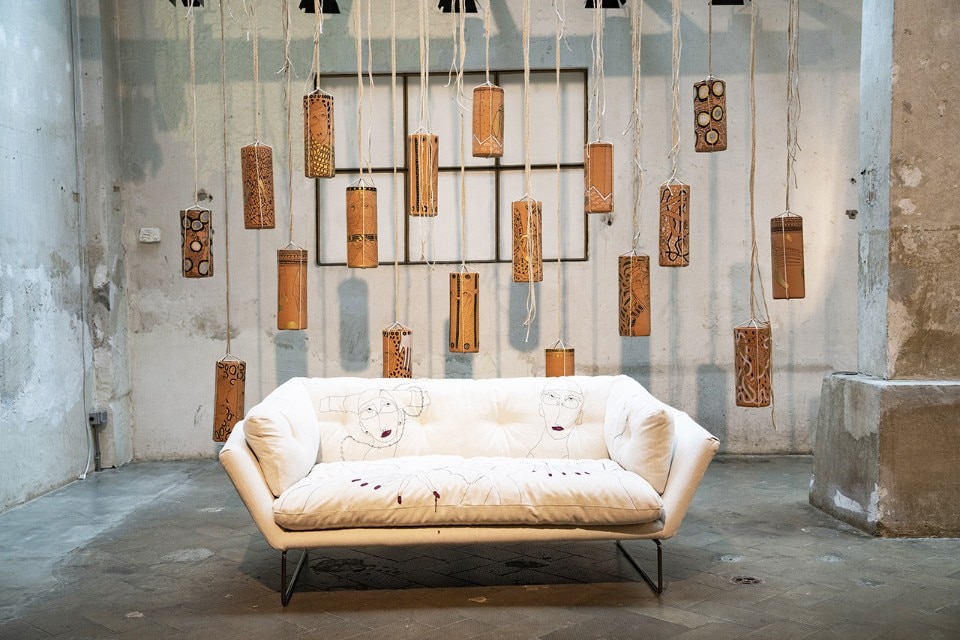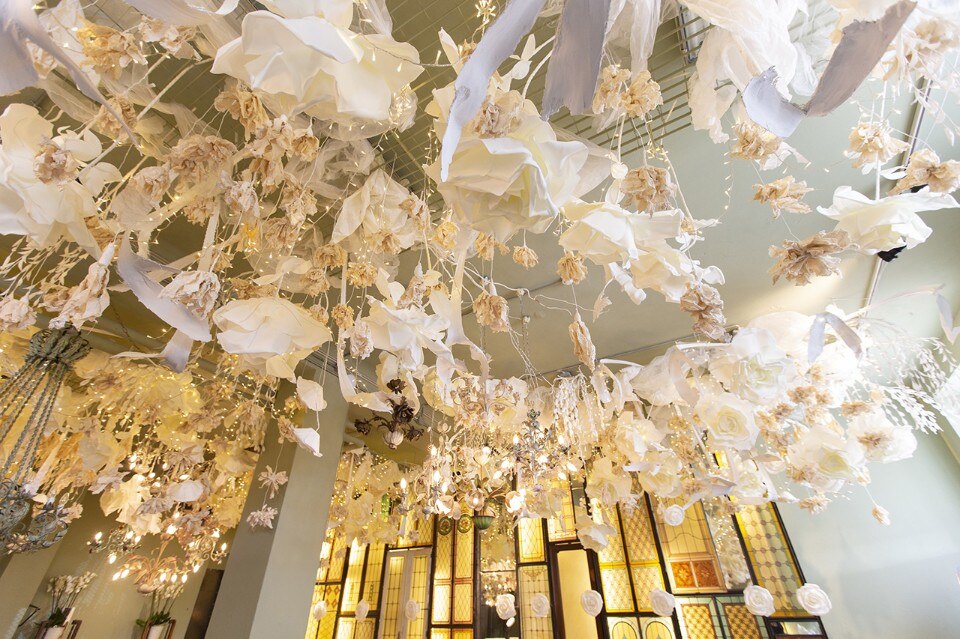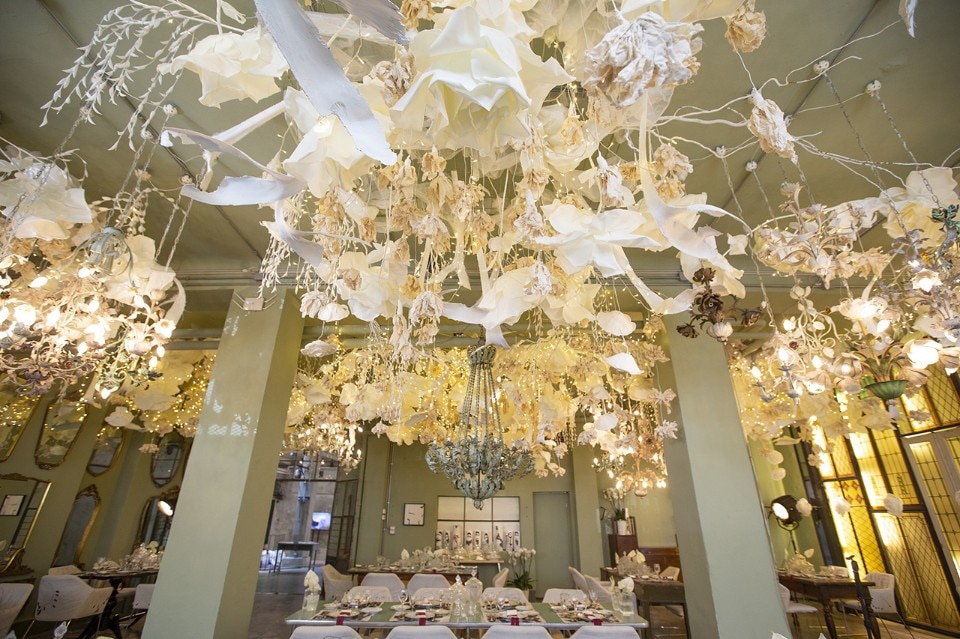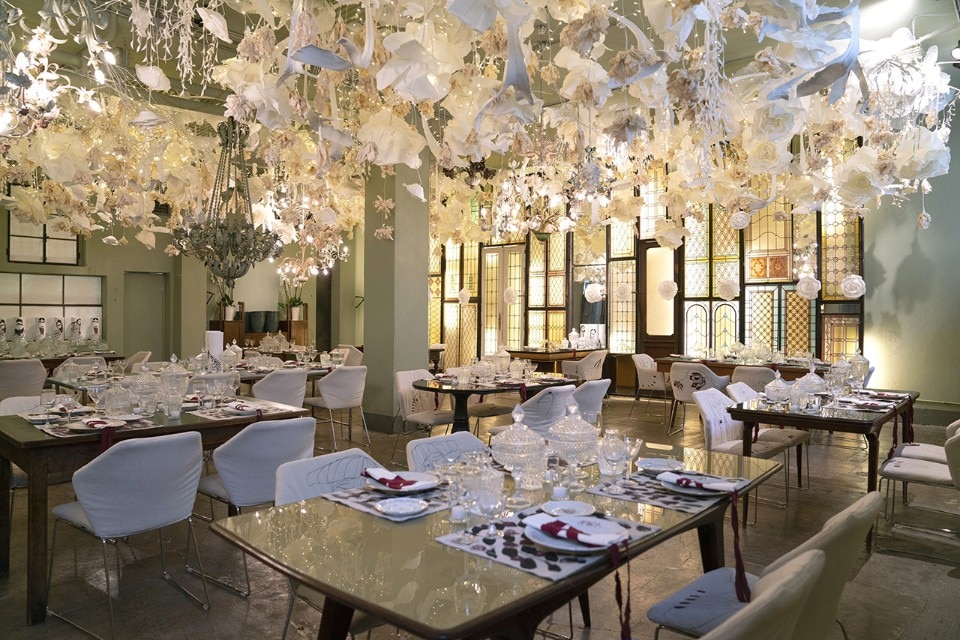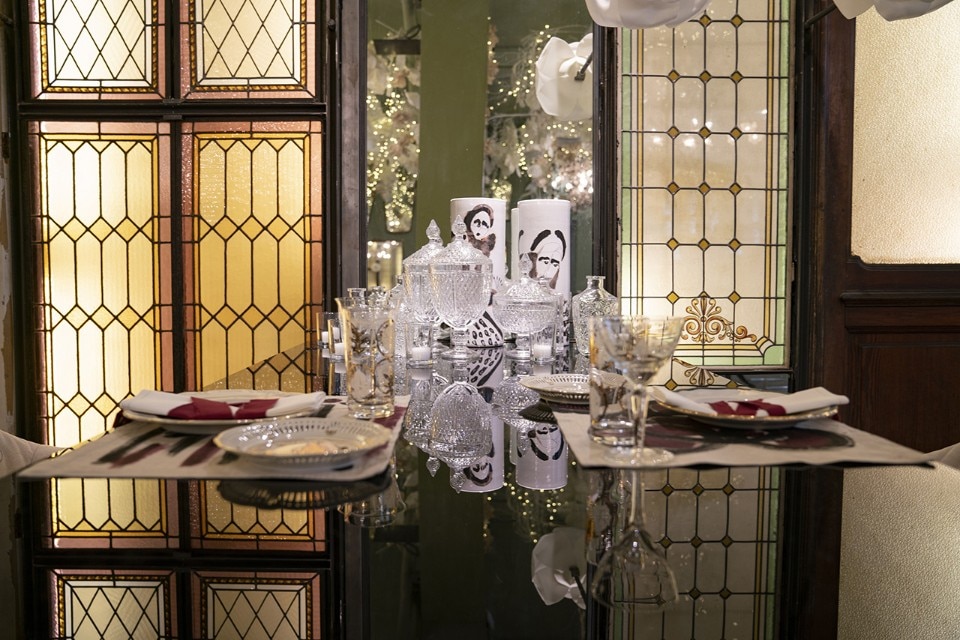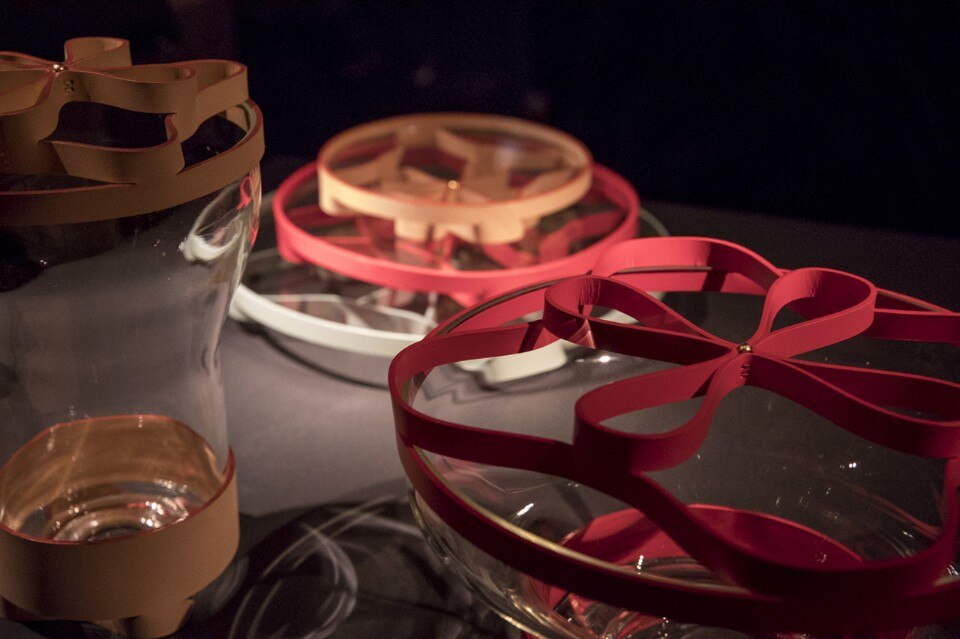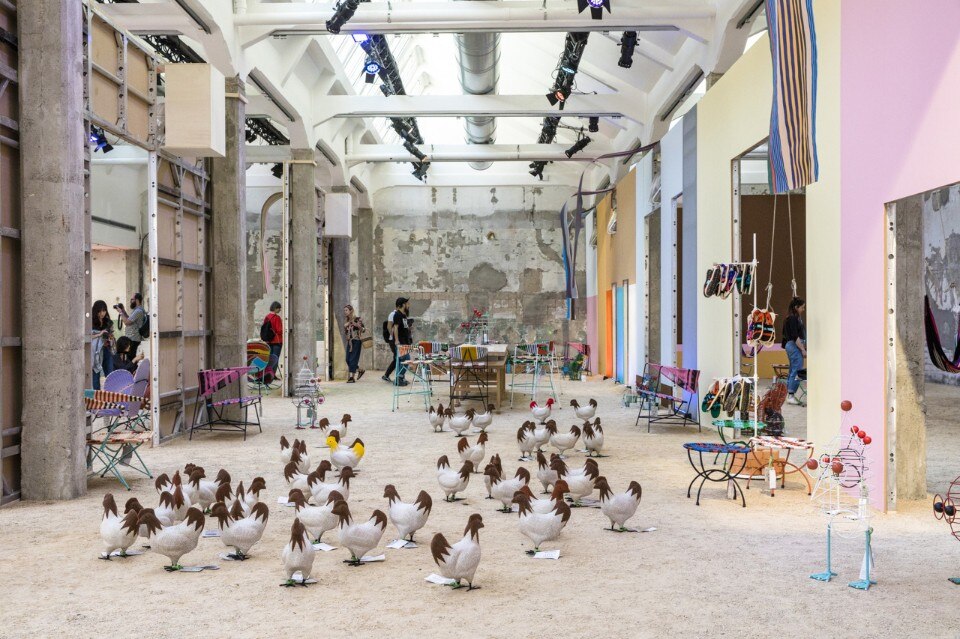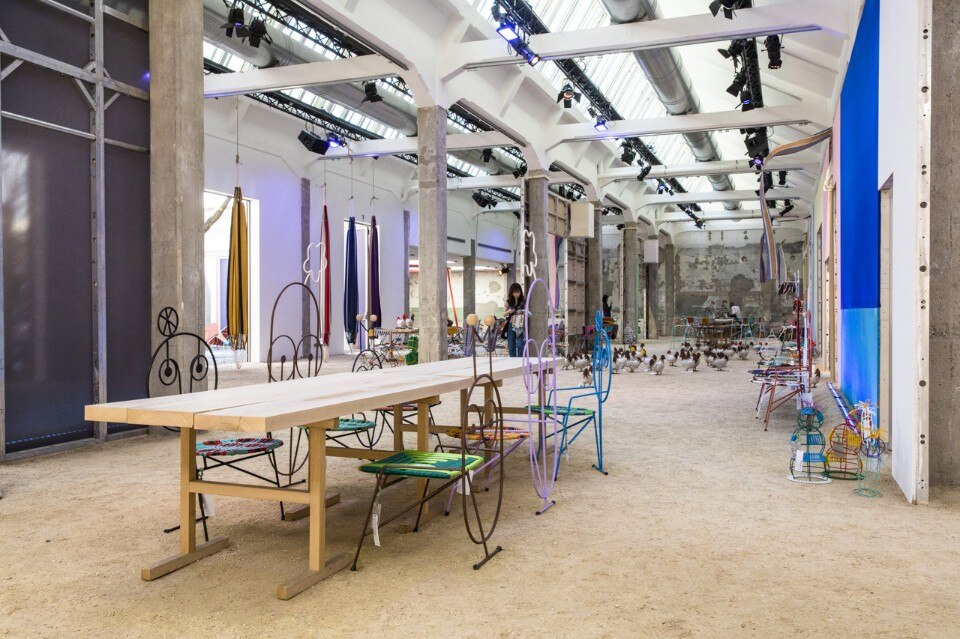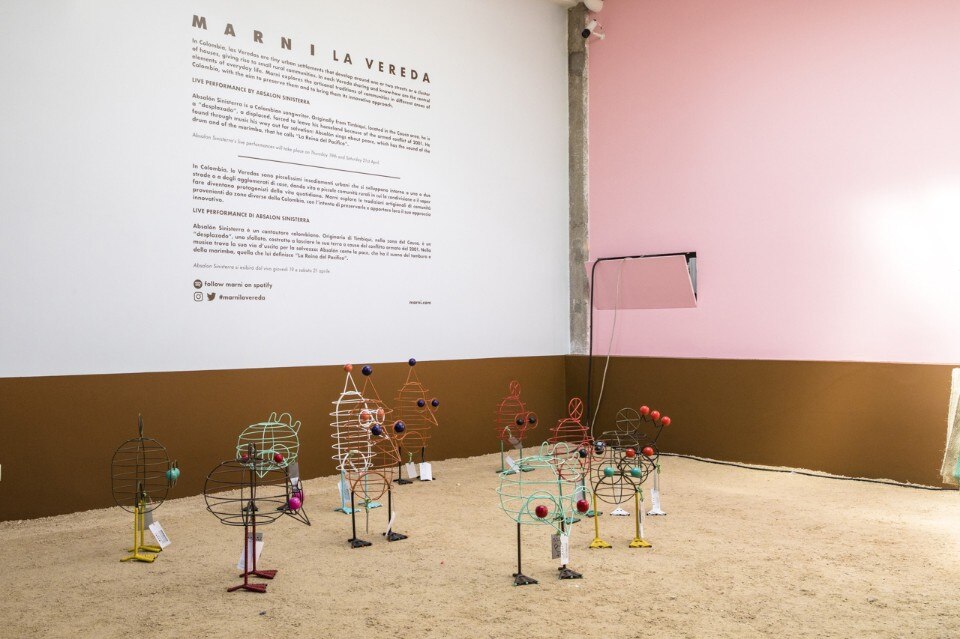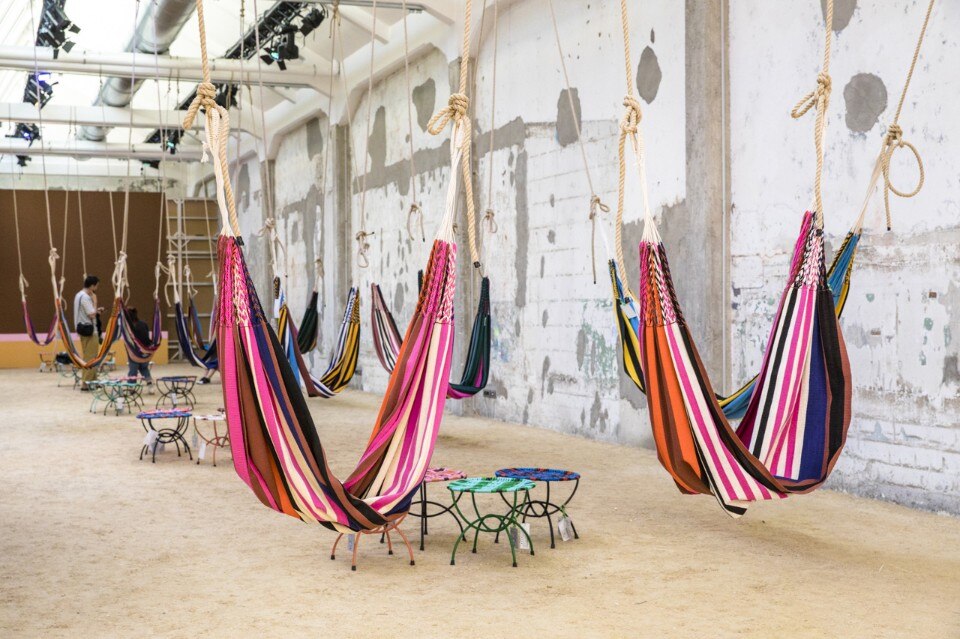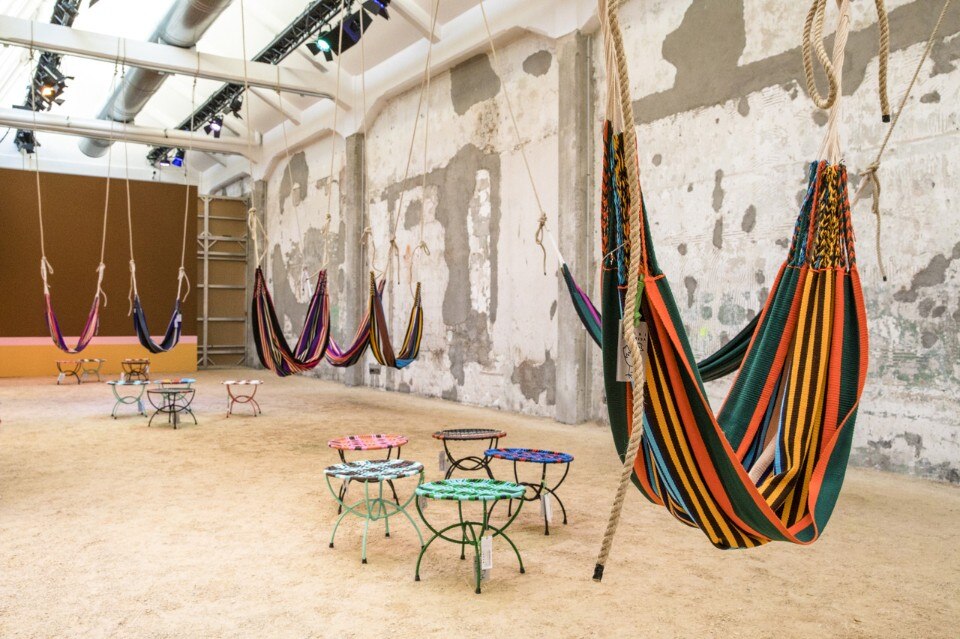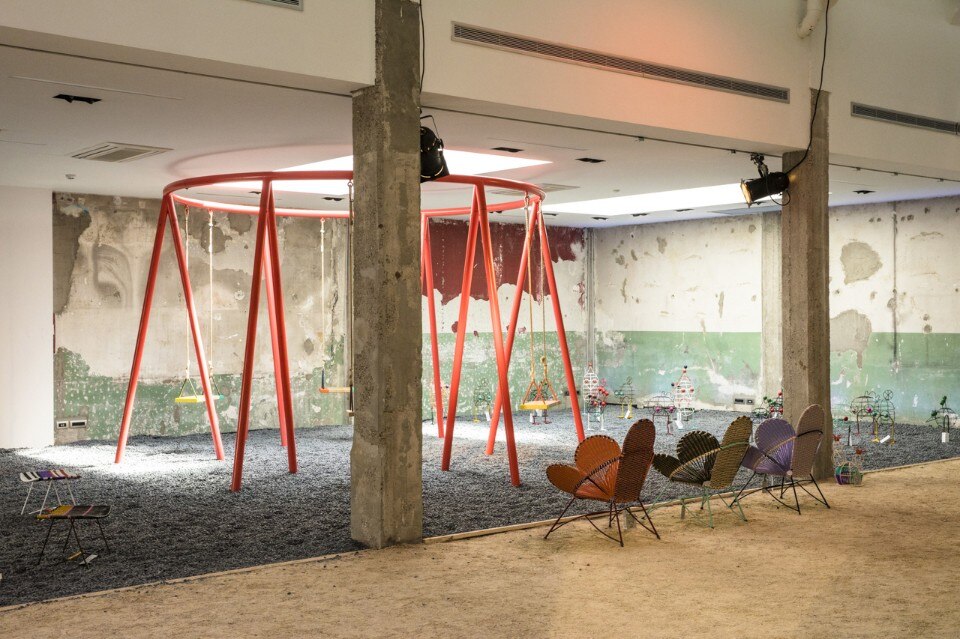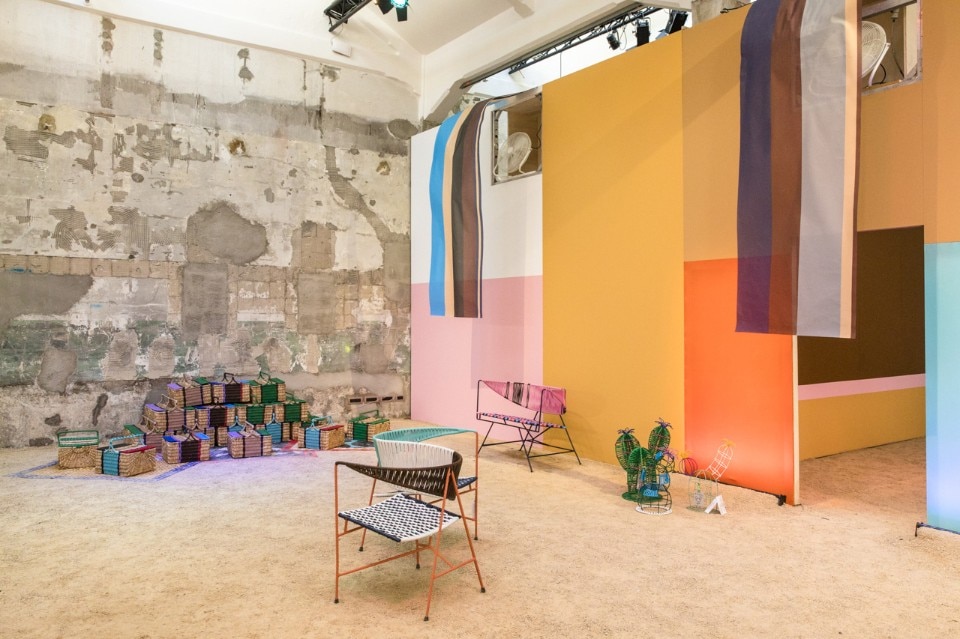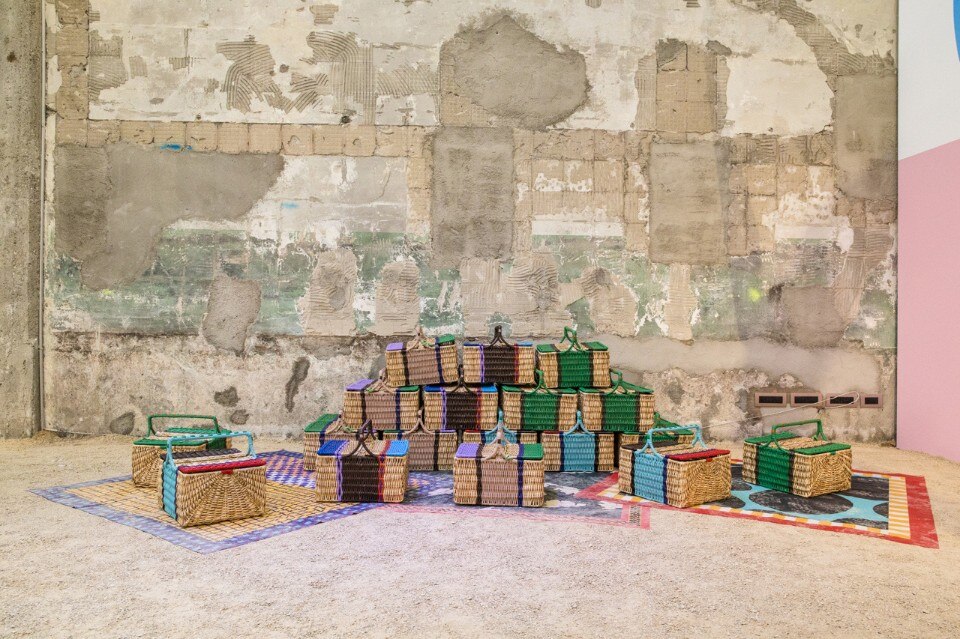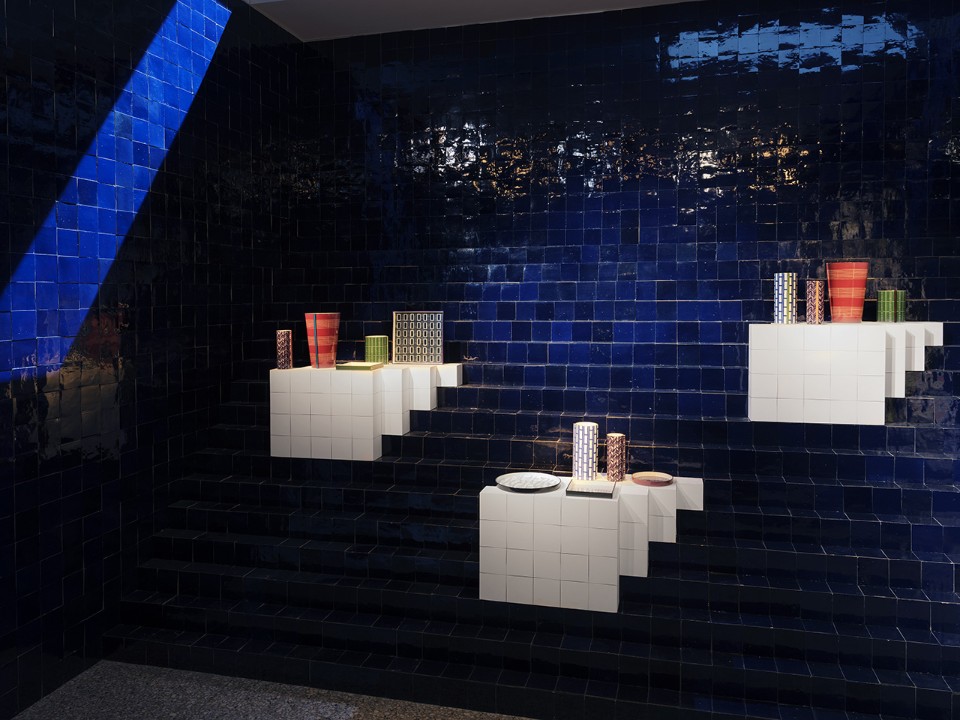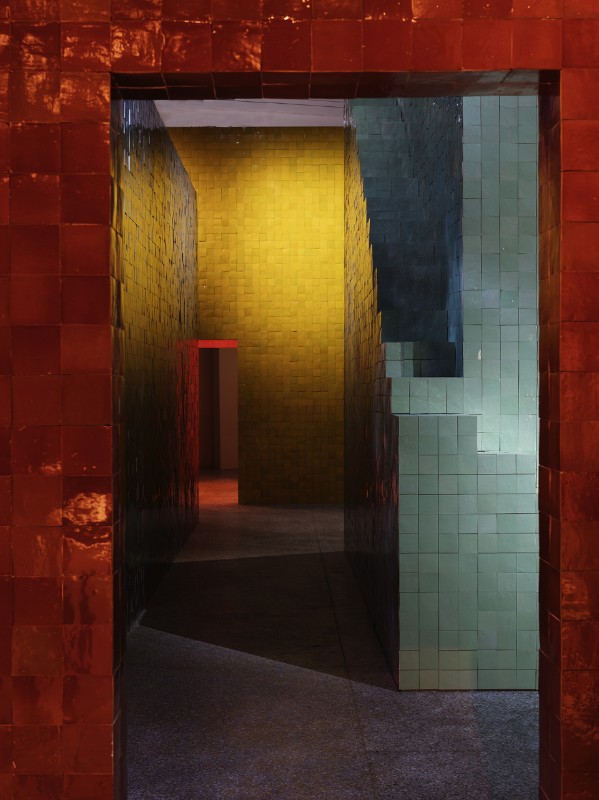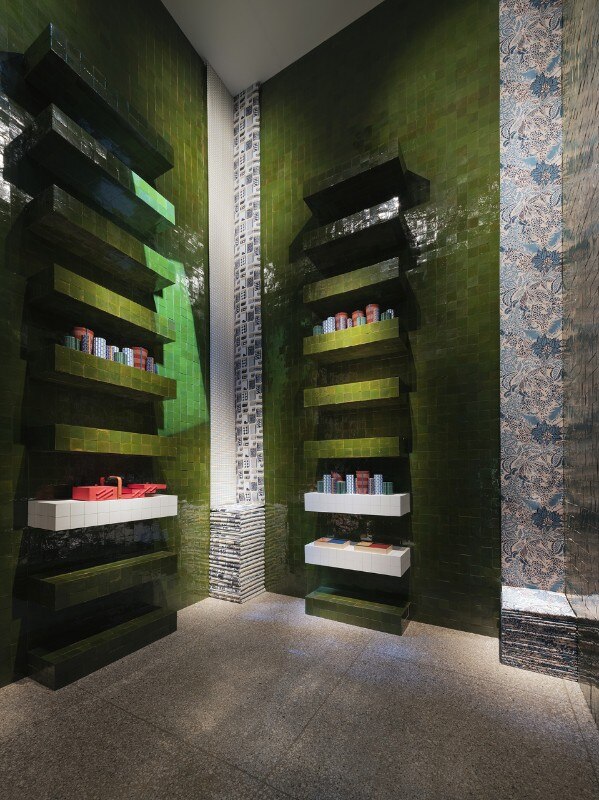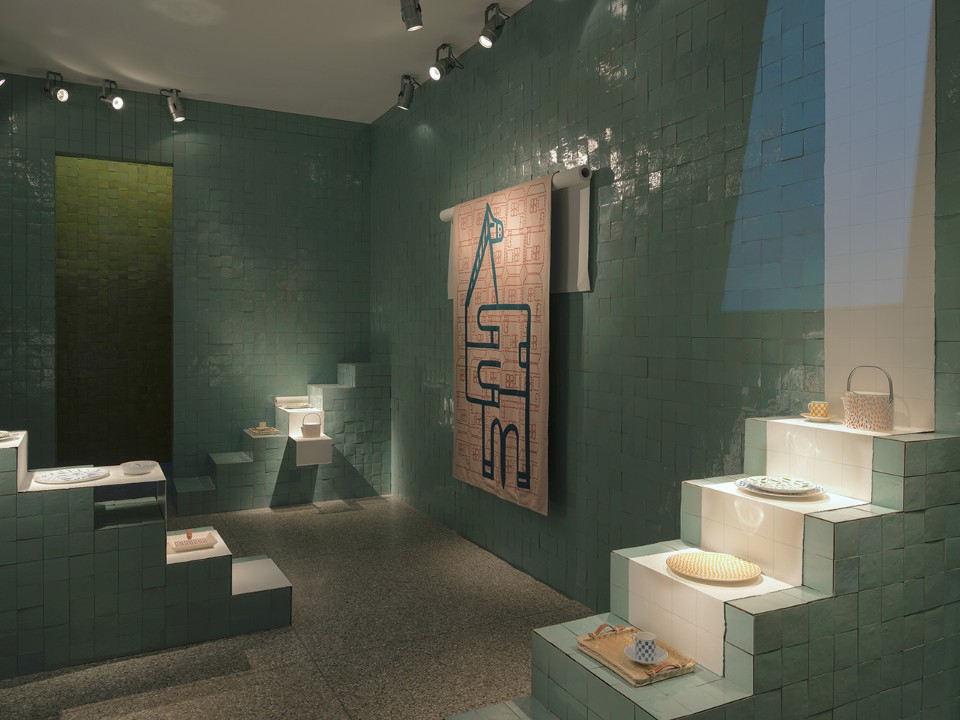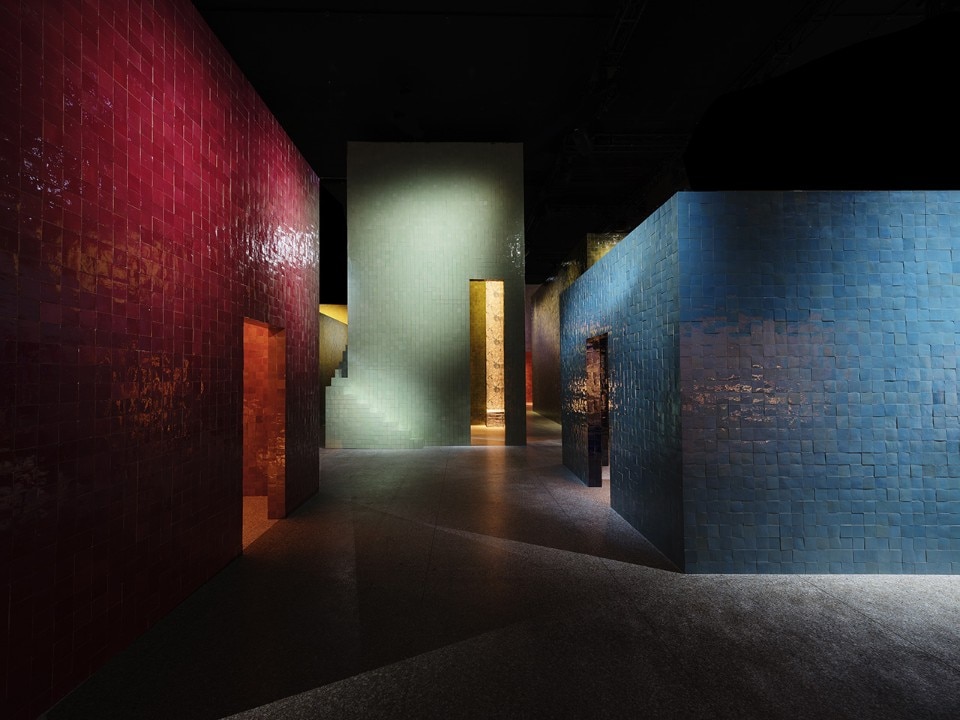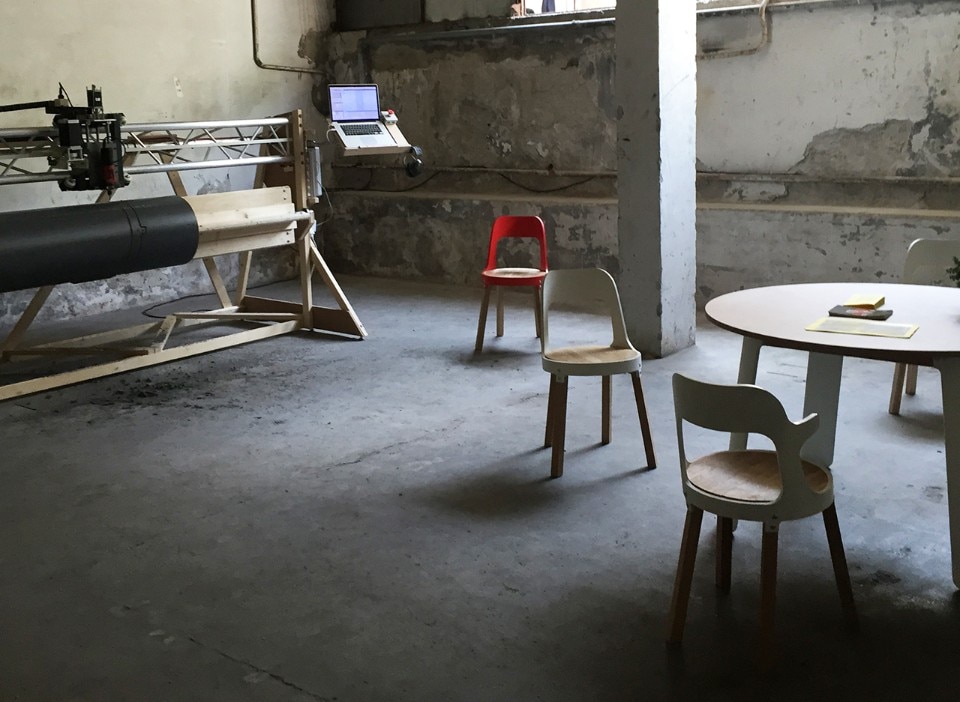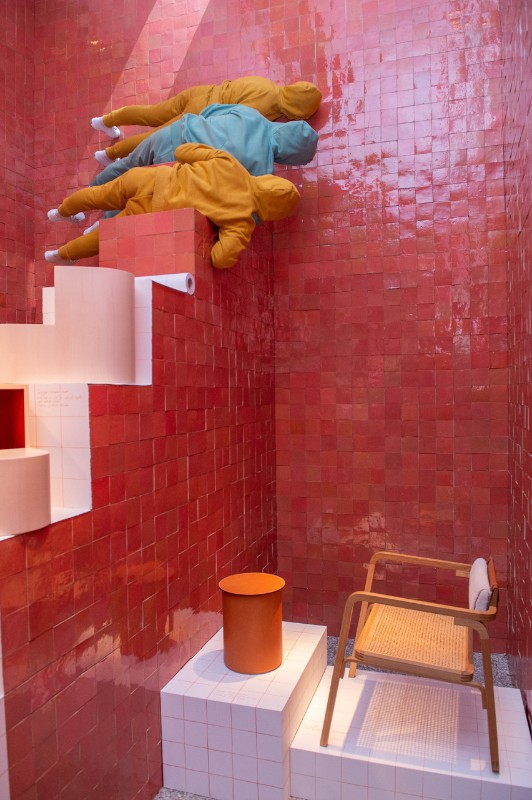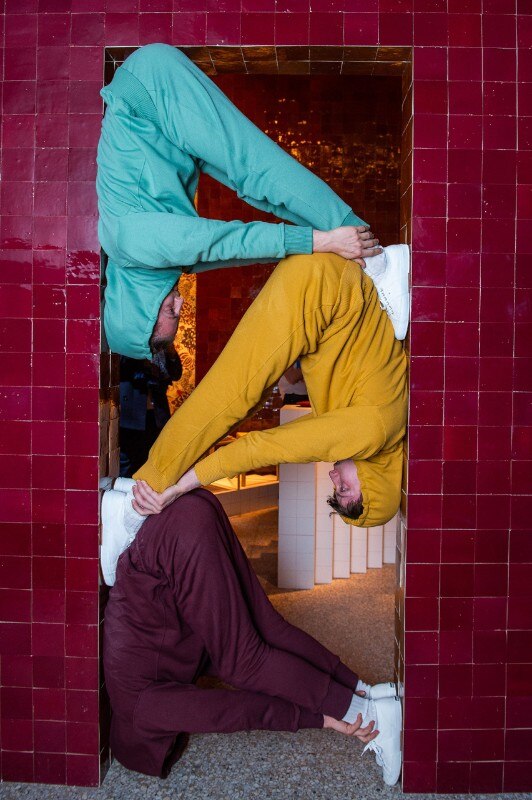Walking under flowers, at Louis Vuitton or Antonio Marras. But also enjoying a cup of tea among the multi-coloured corollas with LaDouble J (it doesn’t matter if they’re printed on dishes and sofas). Observing the forms and colours of nature from an ethnic perspective, pursuing the proposals of Marni and Hermès. These are just some of the most intriguing inspirations offered by fashion at this Salone del Mobile, for design collections (and collaborations).
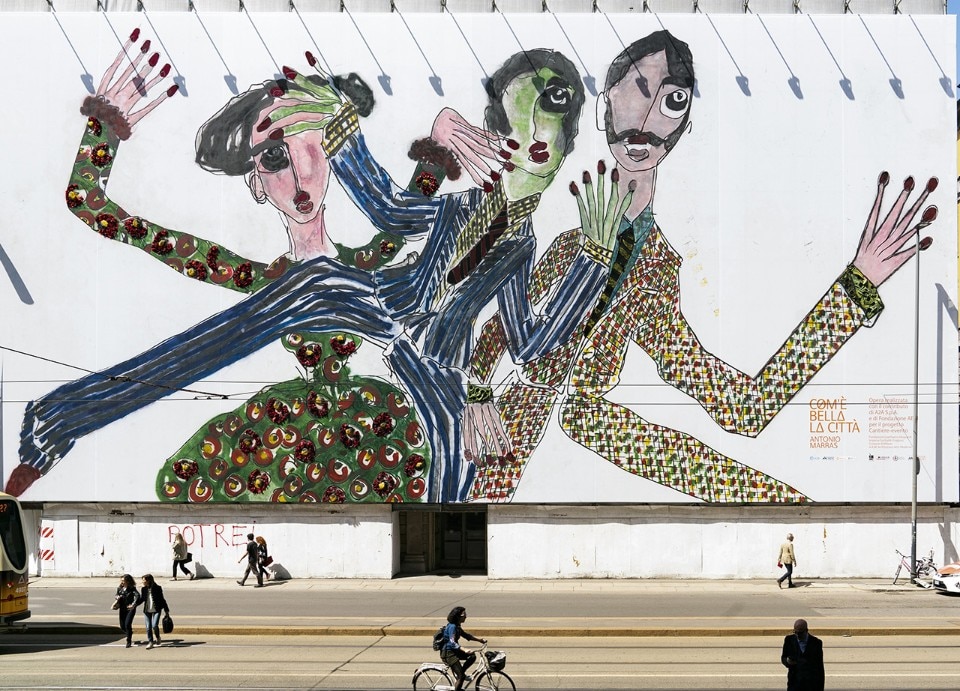
In fact, at Louis Vuitton – for the second year in the classic setting of Palazzo Bocconi – a cascade of flowers in multi-coloured paper welcomes guests: the perfect imitation of those in Napa leather proposed by Atelier Oï for the Origami flowers, the Rosace vases and trays and the Flower Field cushions, part of the first Les Petits Nomades collection: small objects made by major designers like Patricia Urquiola, the Campana brothers and Marcel Wanders that explore the multiple uses of leather, not only for deluxe accessories. Objects that join the well-known furniture collections Objets Nomades: among these, two new products like the Ribbon Dance by André Fu, made to evoke the movements of dancers with Asian ribbons; and Diamond Mirror by Marcel Wanders, where a central octagon and 25 triangular mirrors amaze visitors with their spectacular unstoppable reflections (the guests were many: during the weekend, over 100 people were waiting in line).
At Nonostante Marras, the eclectic Sardinian fashion designer Antonio Marras decked out the dehors, with a coffee shop embellished with bouquets of flowers intended for the visitors of “Fabbricare, fare, disfare”, the title of the project presented by the Premiata Ditta Marras&Co. Detailed work by the designer with Francesco Maggiore – engineer and creative director of Kiasmo, an interdisciplinary collective active in art, architecture and fashion – in singling out five Italian companies in the furniture and home accessories sector: Kiasmo, La fabbrica del lino, Fantin, Saba and Wall&Deco. Inside, the temporary restaurant Domus Rana (installed with the Rana family) allowed guests, once more, to stroll under a blanket of white roses; on the tables, an example of dishes designed with Vincenzo d’Alba, alongside cushions and tablecloths by Fabbrica del Lino made with eco-friendly dyes.
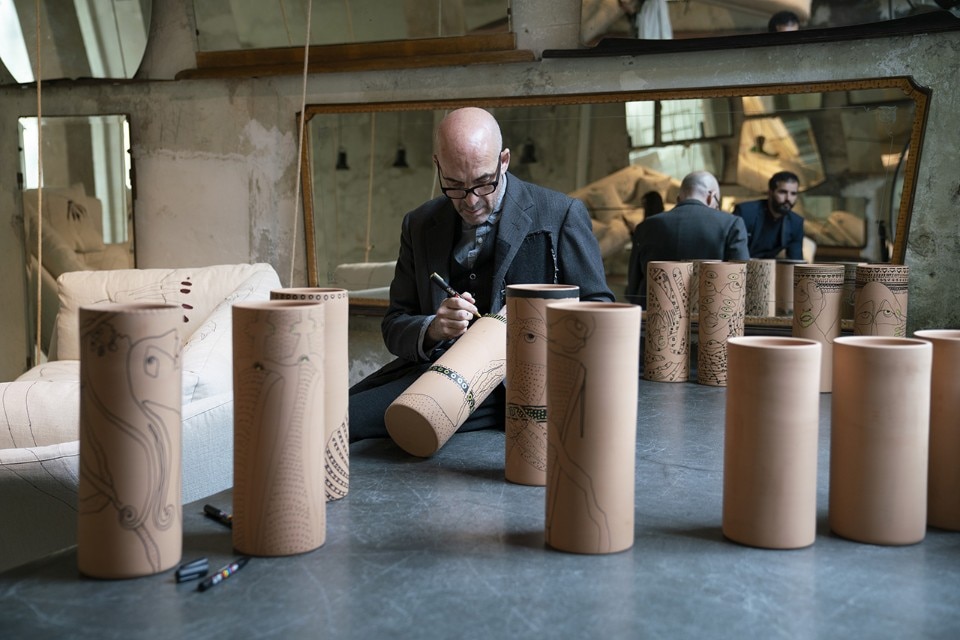
 View gallery
View gallery
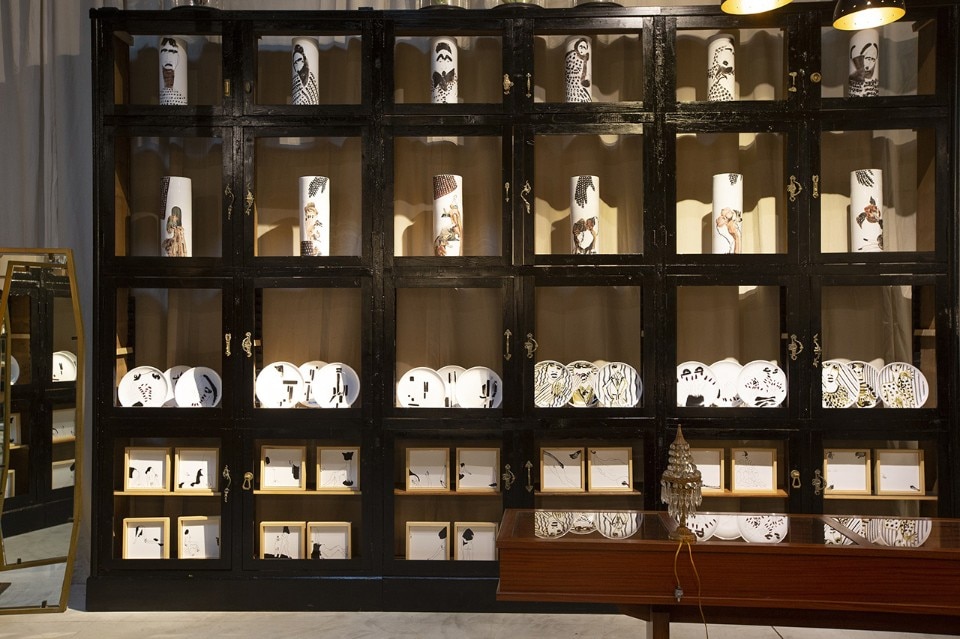
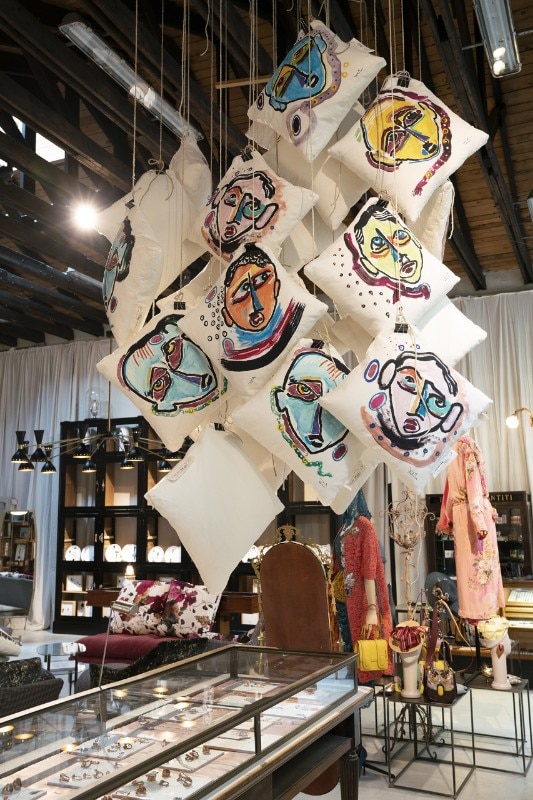
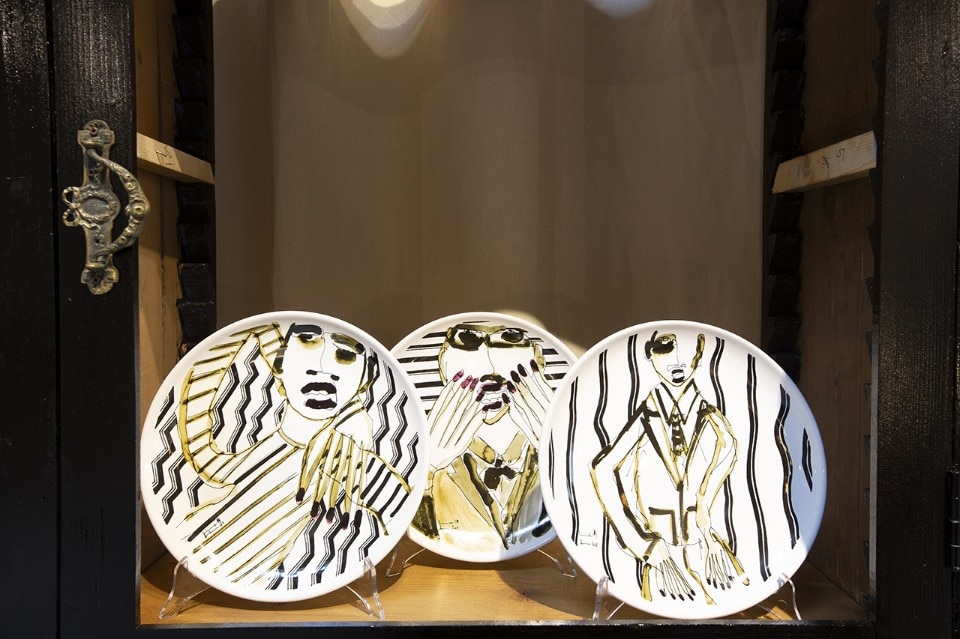
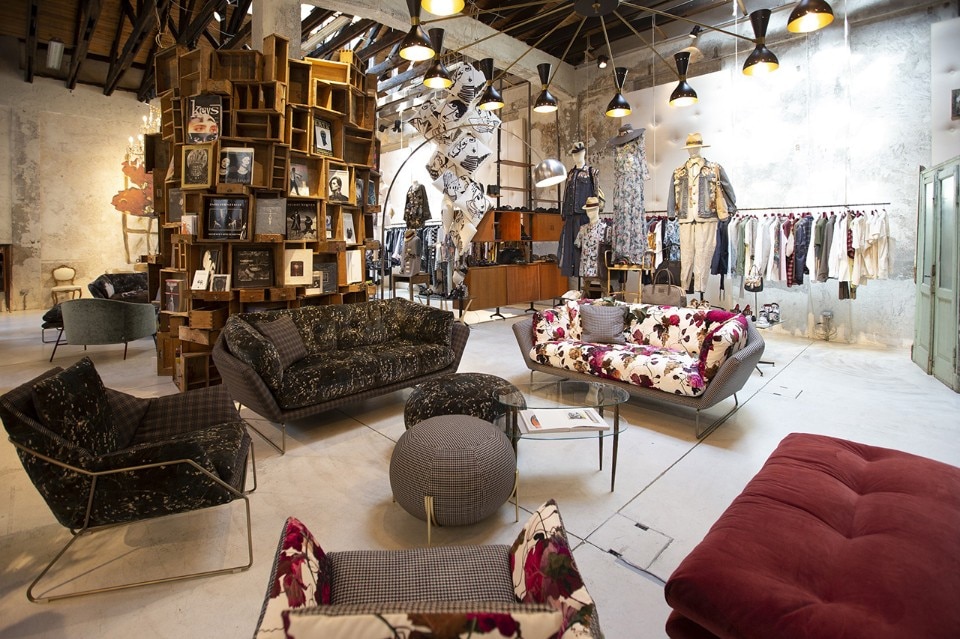
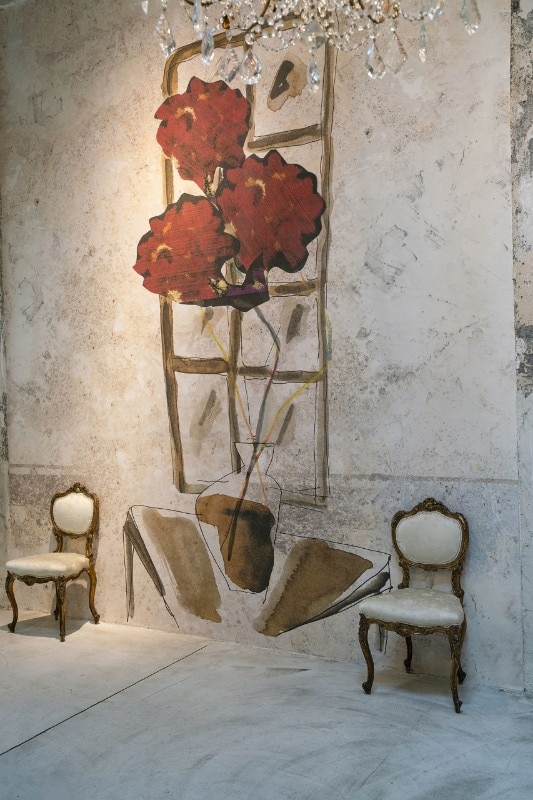
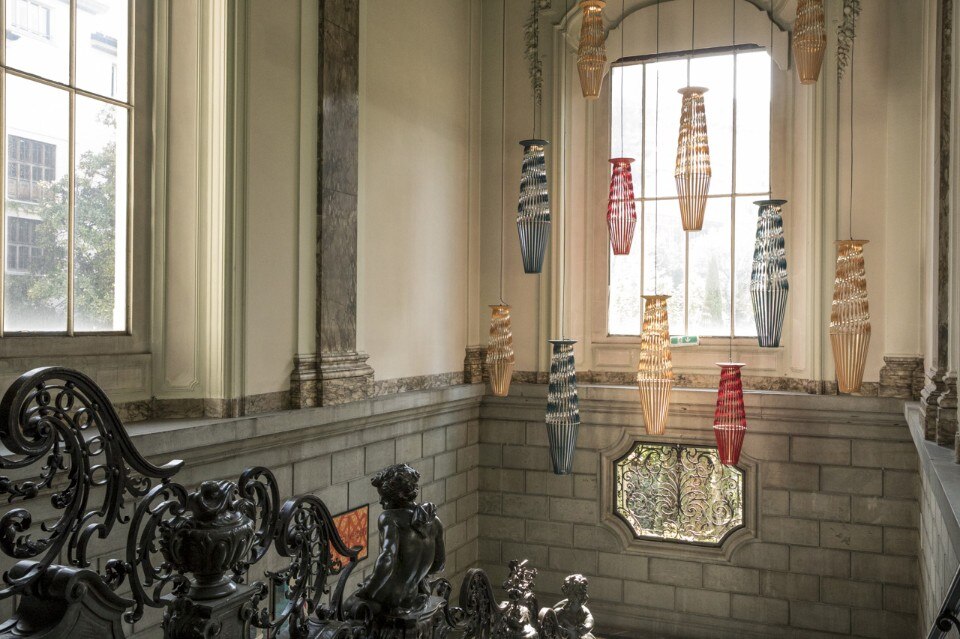
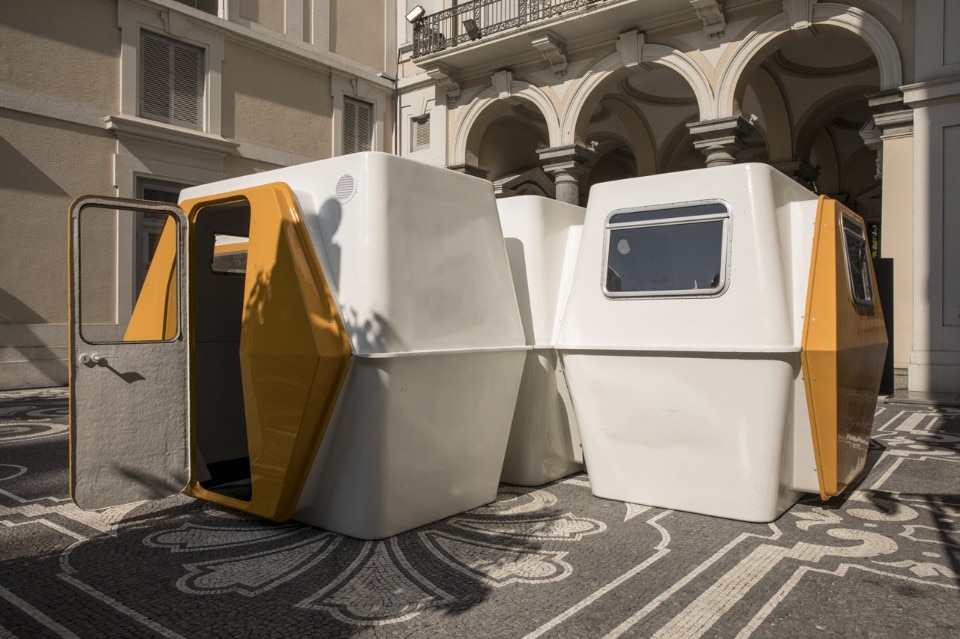
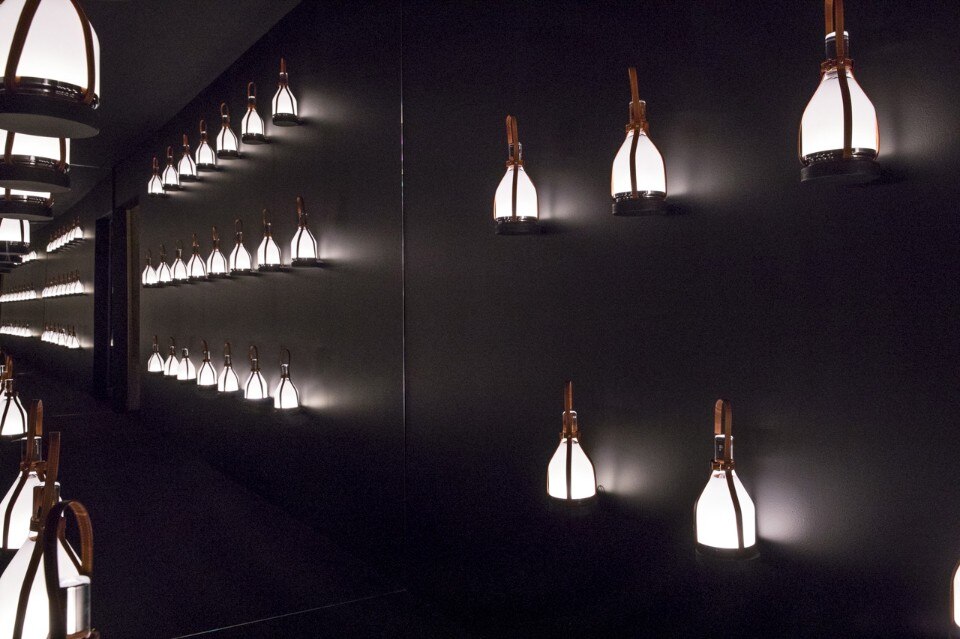
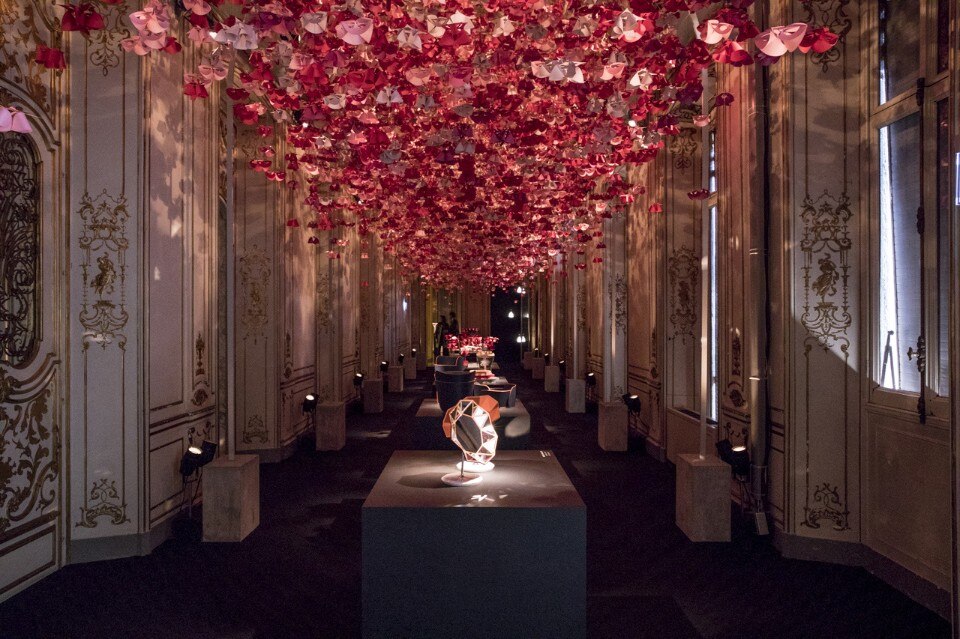
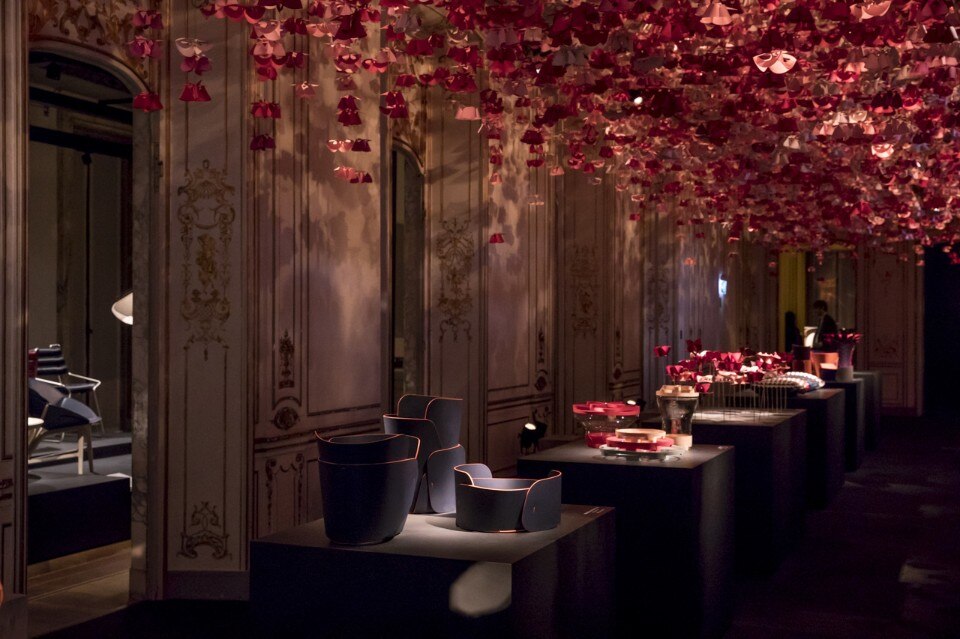
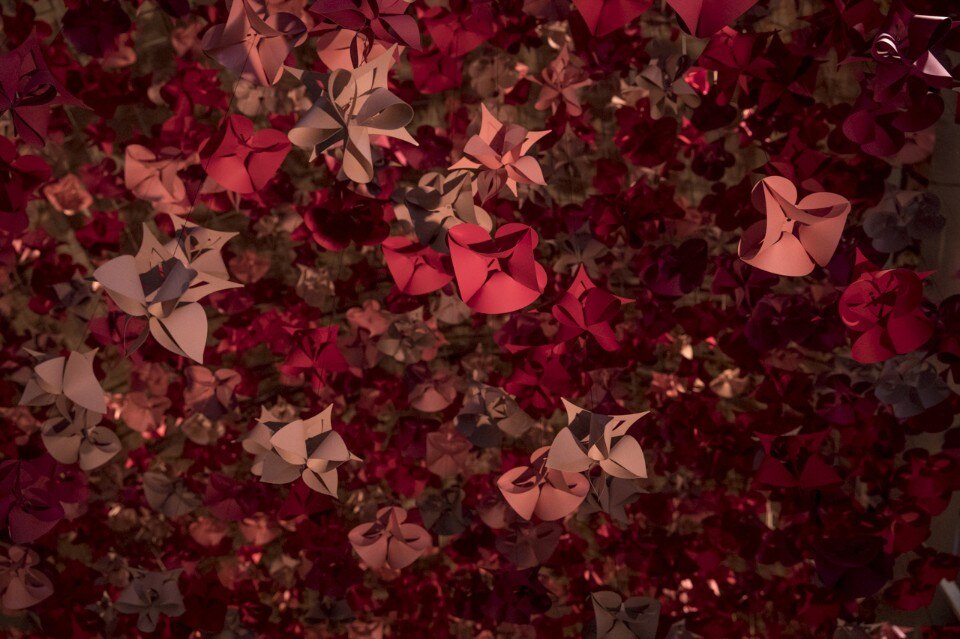
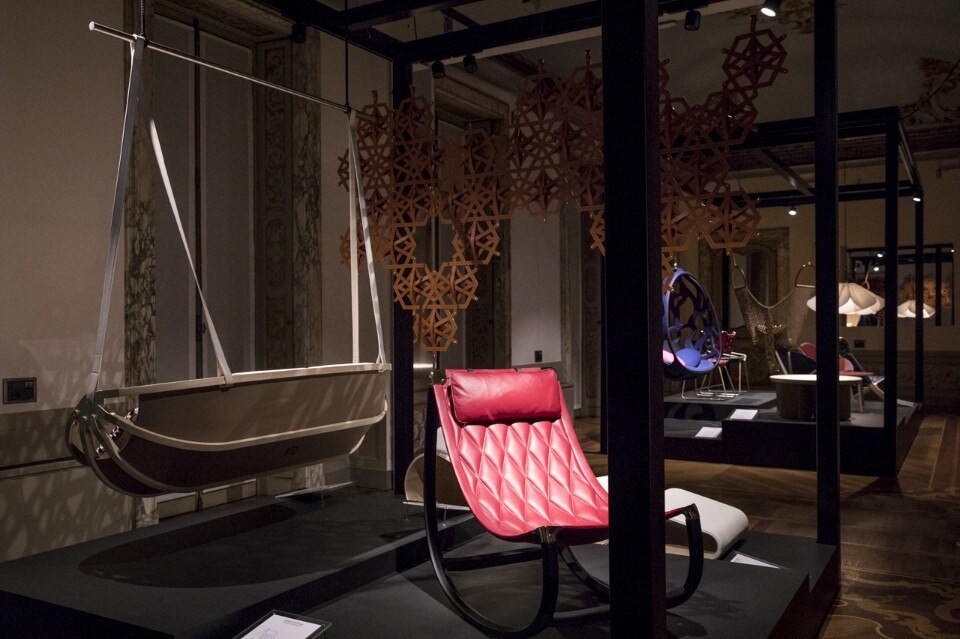
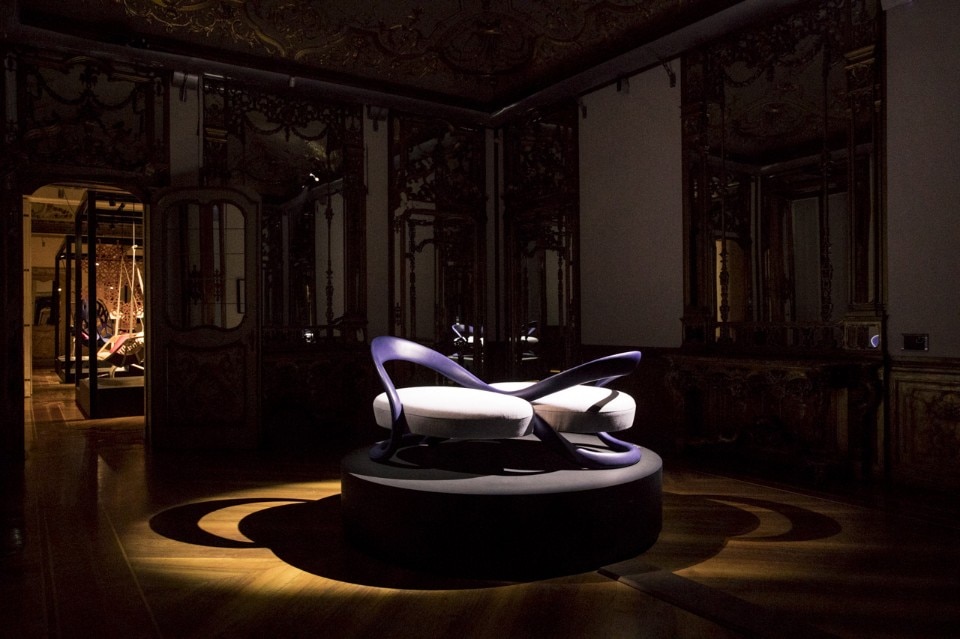
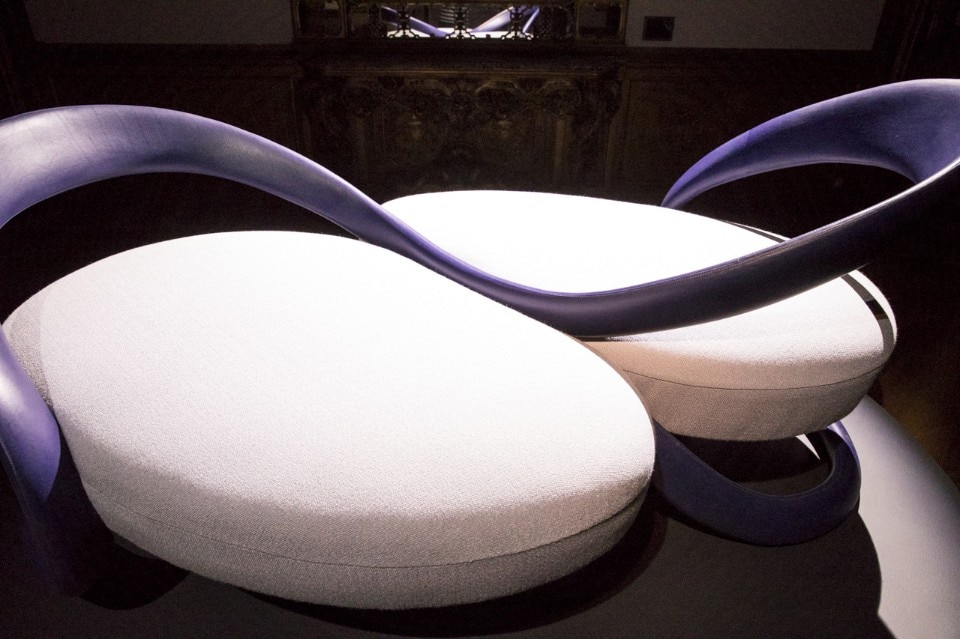
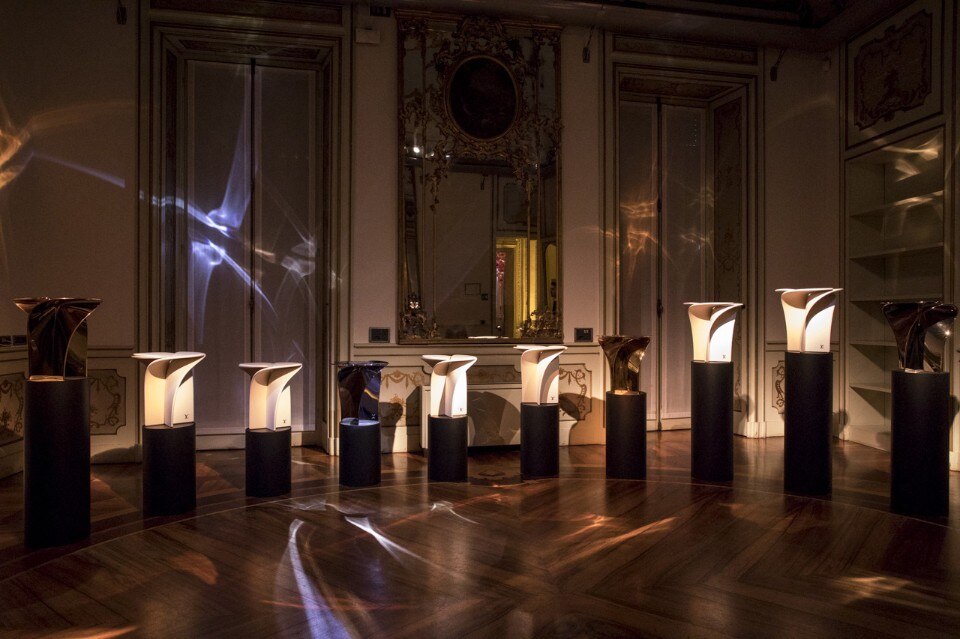
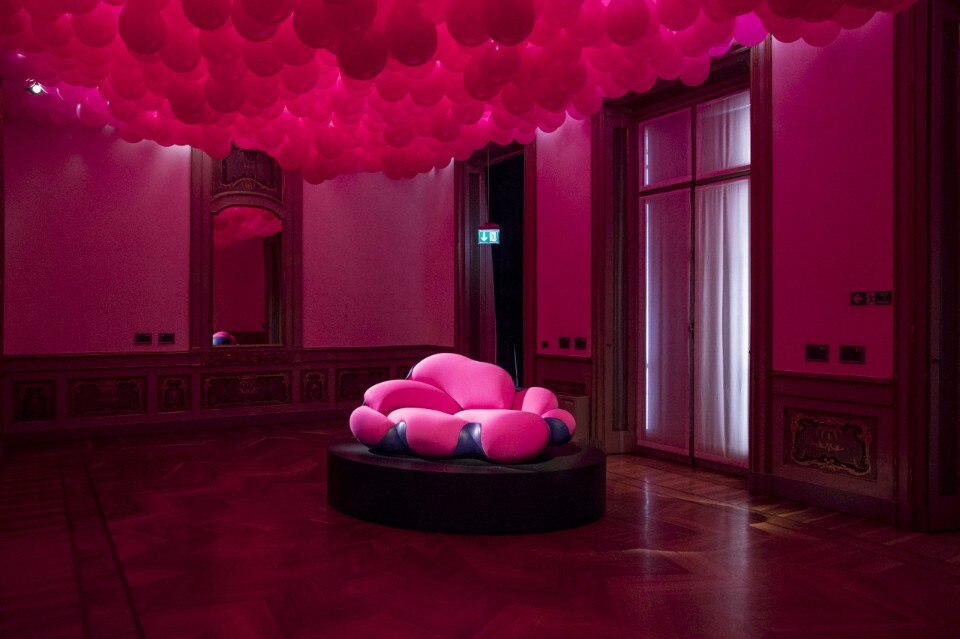
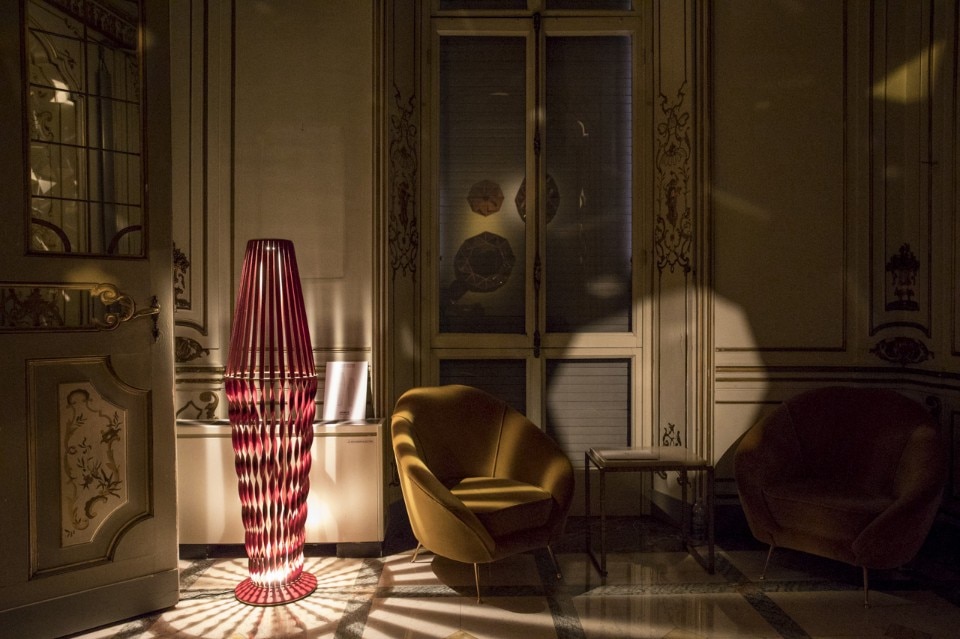
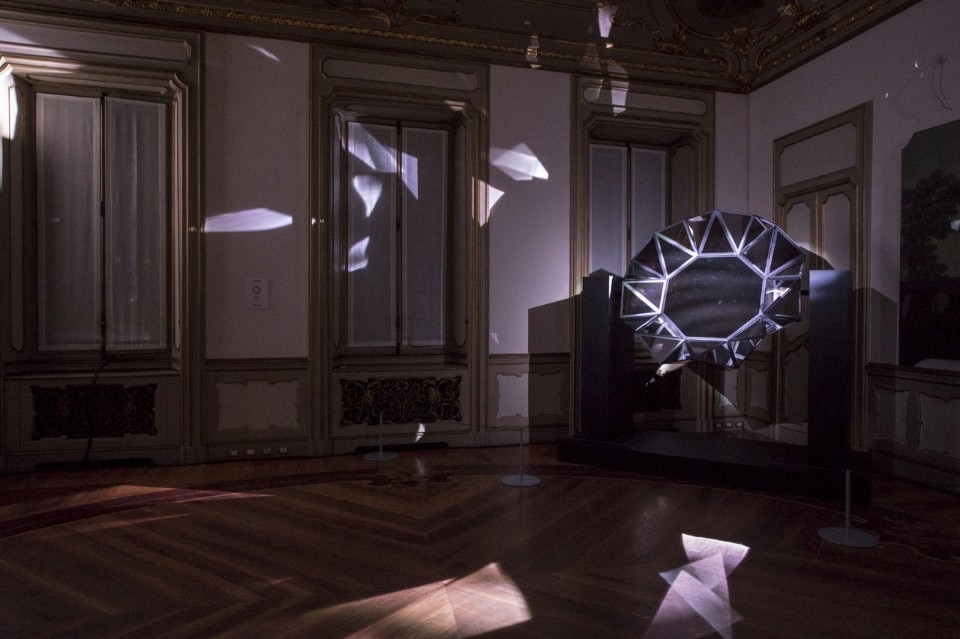
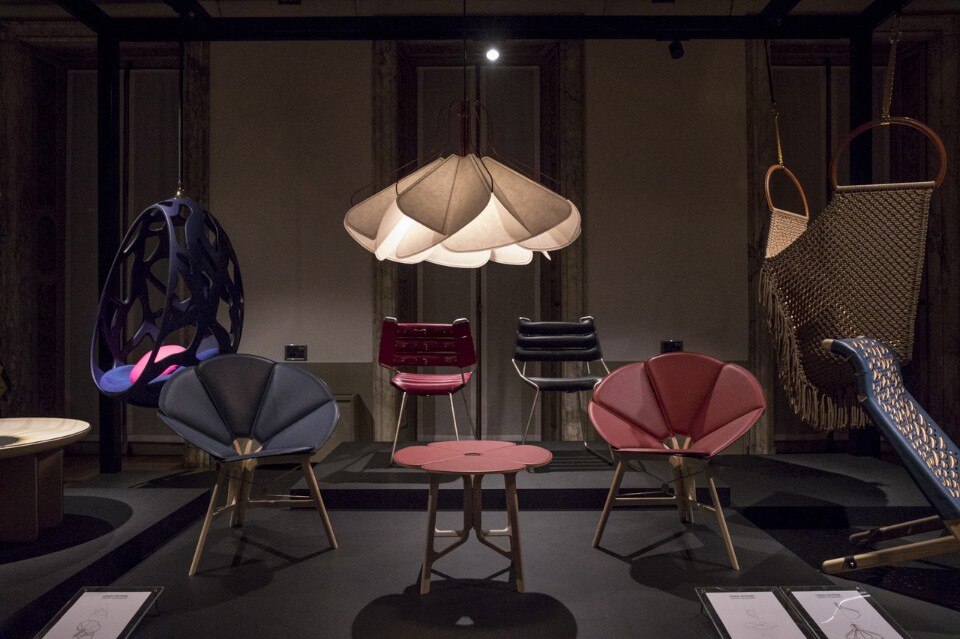
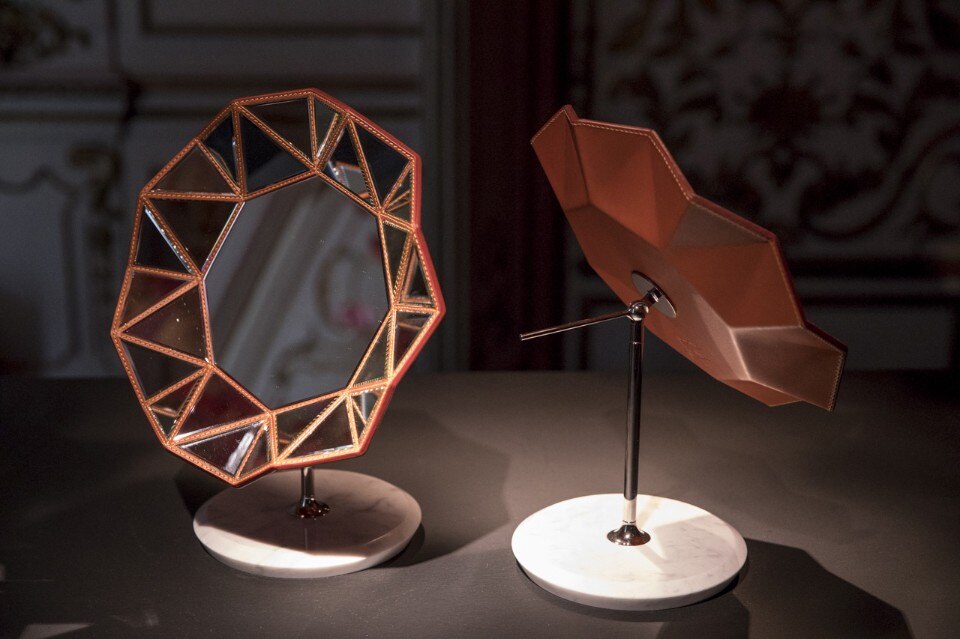
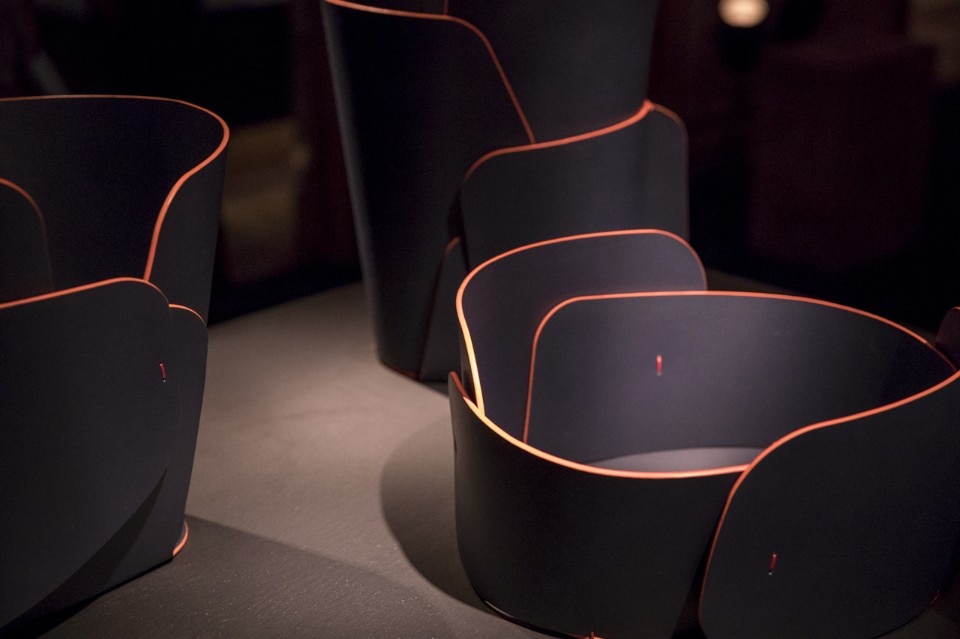
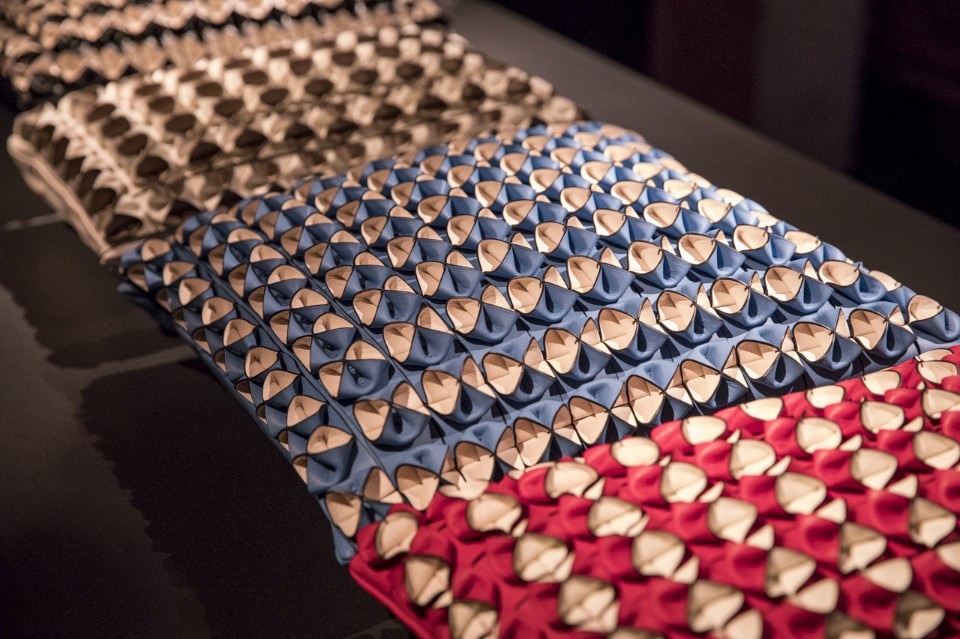
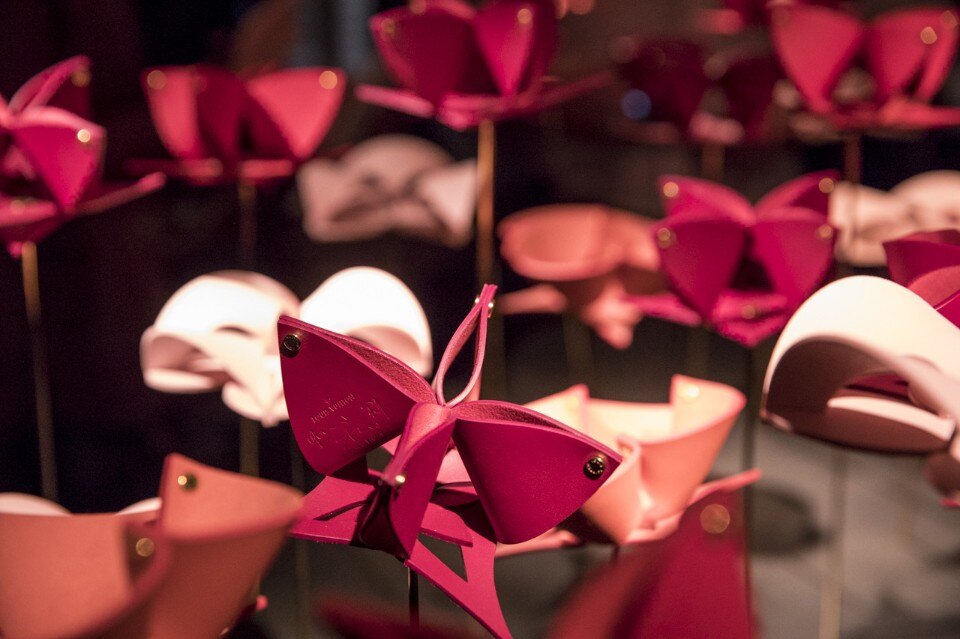
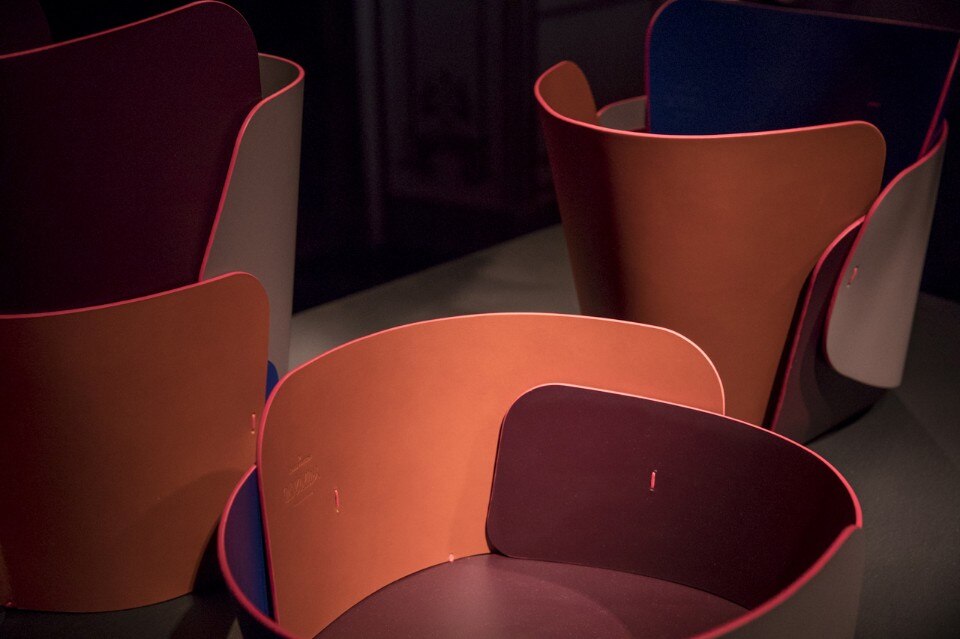
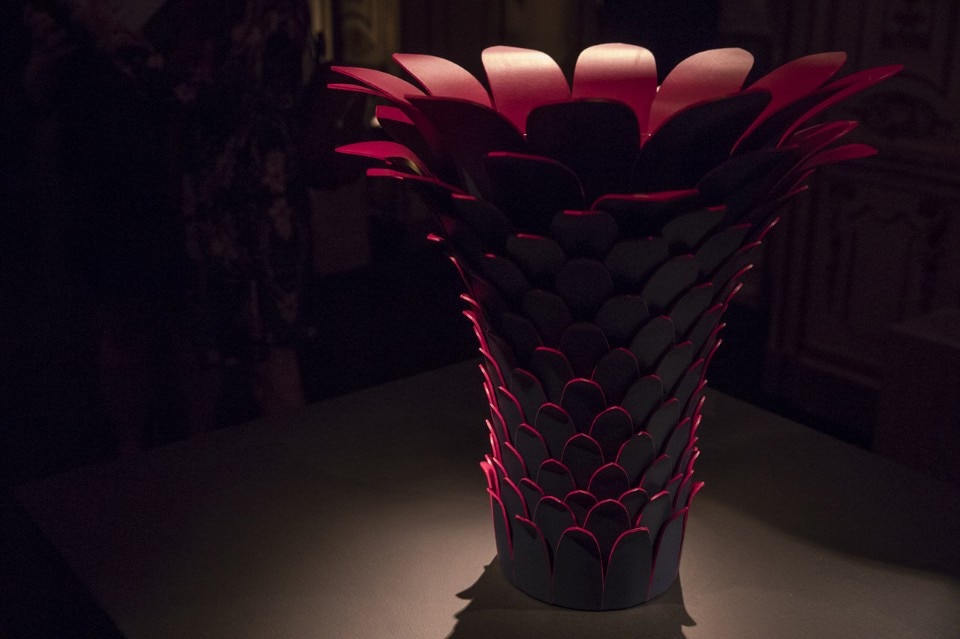
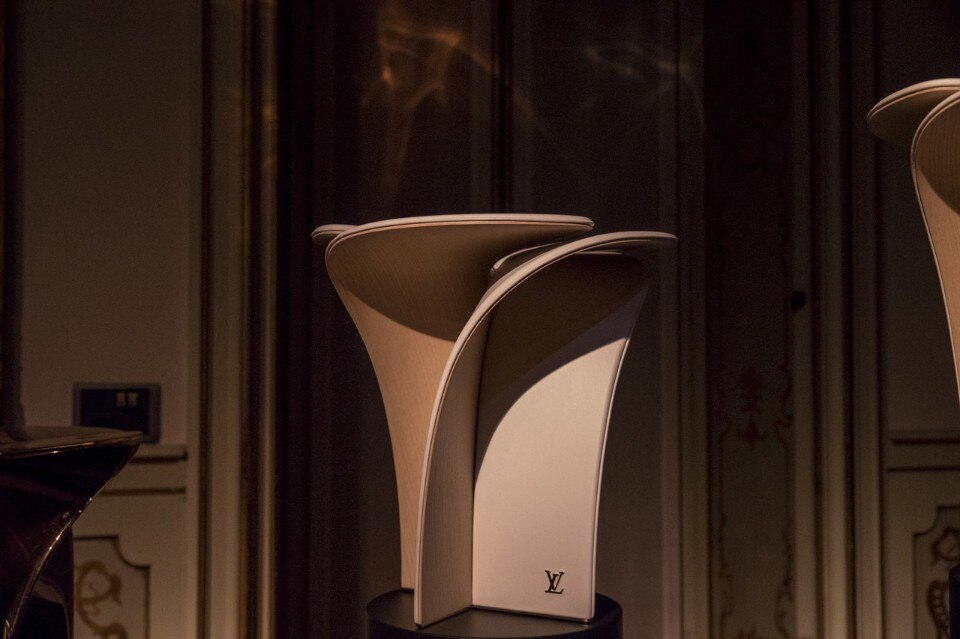
In “old Milan” on the Navigli surrounded by wisteria, where the headquarters of La Double J is located, the union between fashion and design is even more evident. All thanks to the full-wall installation of models by J.J. Martin (an American journalist living in Milan and who with the web site and e-commerce LadoubleJ.com has become the queen of vintage and colourful clothes), the colours of the Como Mantero silks loved by the designer, or the feast-ready tables with their stunning flower arrangements. The setting for the new collection La DoubleJ Housewives is once again of vintage derivation: dishes with dragon flies, flower buds and Art Nouveau decorations made with Ancap (this time, the designer specifies proudly, the rims in gold won’t ruin in a dishwasher). Plus the famous armchair Madame by Kartell, made by J.J. and Lorenza Luti with Mantero archive prints, which join the 15 pieces ranging from furniture to table accessories.
Instead, with Marni, we move on to cacti: once again, in all colours. In fact, the collection La Vereda, of a joyous Colombian inspiration, brought to the brand’s headquarters a motion-filled installation with maxi-swing, hammocks and joyful statuettes. Evoking Colombian veredas, micro urban settlements around few streets, the courtyard effect is immediate in this “market” where visitors can even purchase colourful bags (like the baskets made from weaving coloured plastic strands, according to the centuries-old tradition in the town of Ibagué where willow branches are crafted into objects). Plus, handmade 100% organic agave bags, light statues resembling cacti or papier-mâché and beaded chickens made by a community of women from Villanueva (one-off creations that take four days to make). And finally, the iconic Marni armchairs, with peacock wheel backrest.
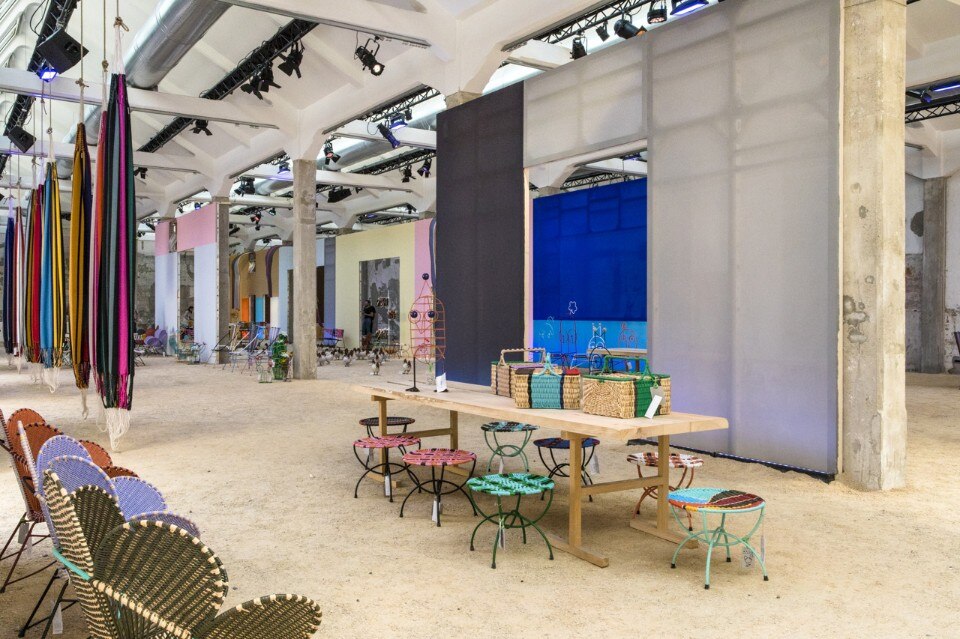
 View gallery
View gallery
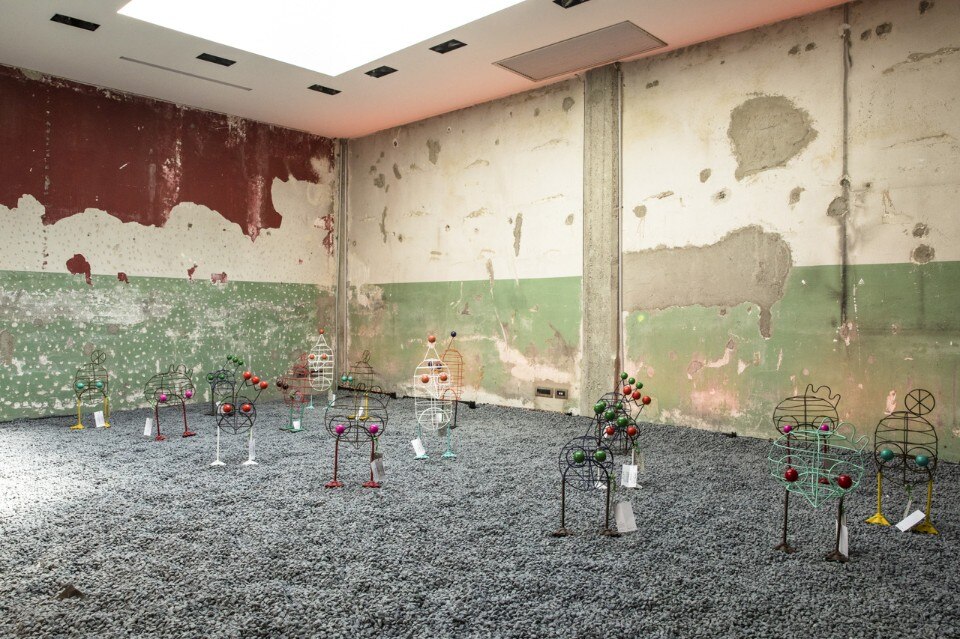
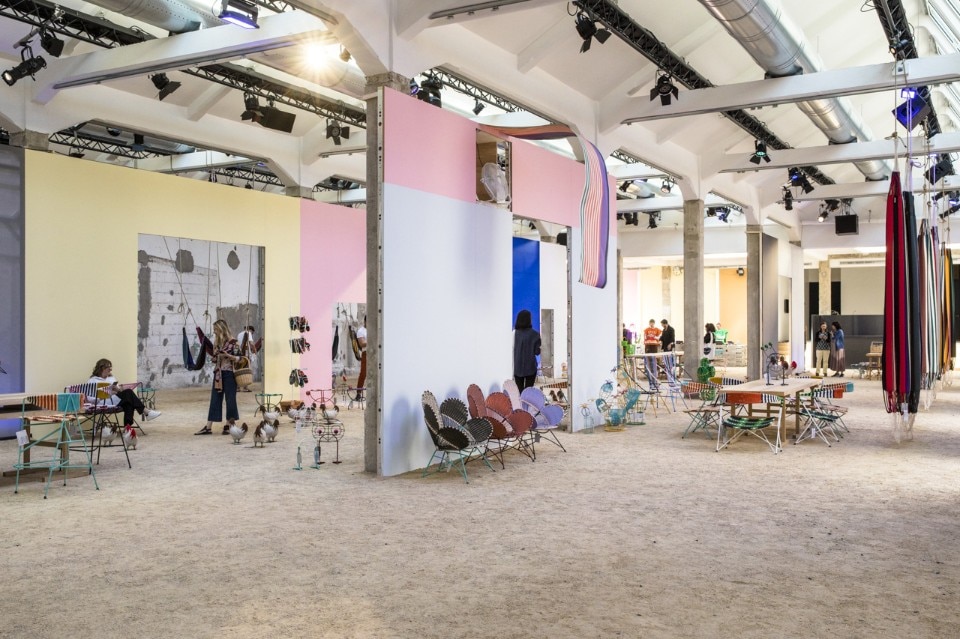
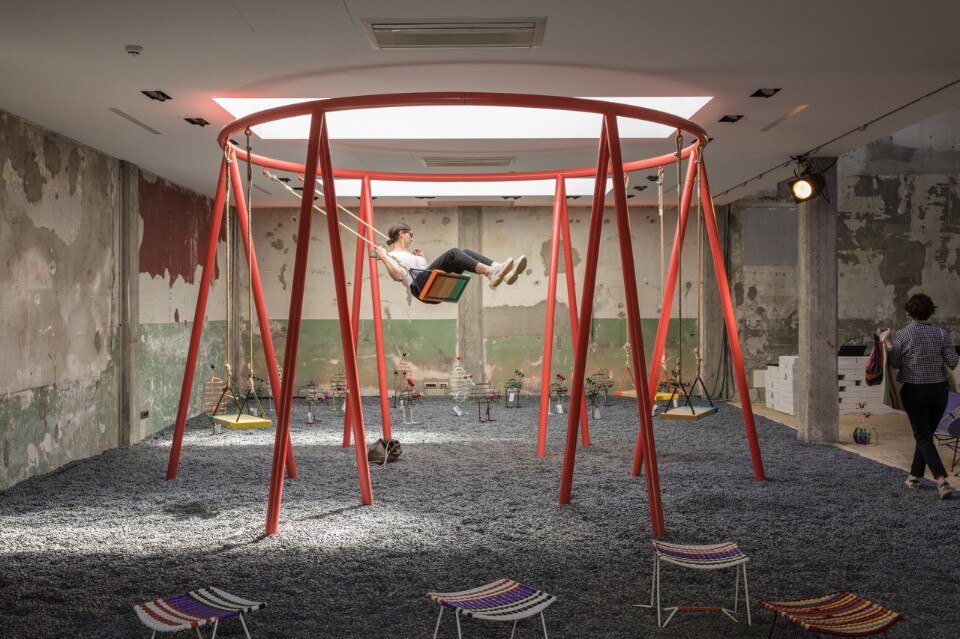
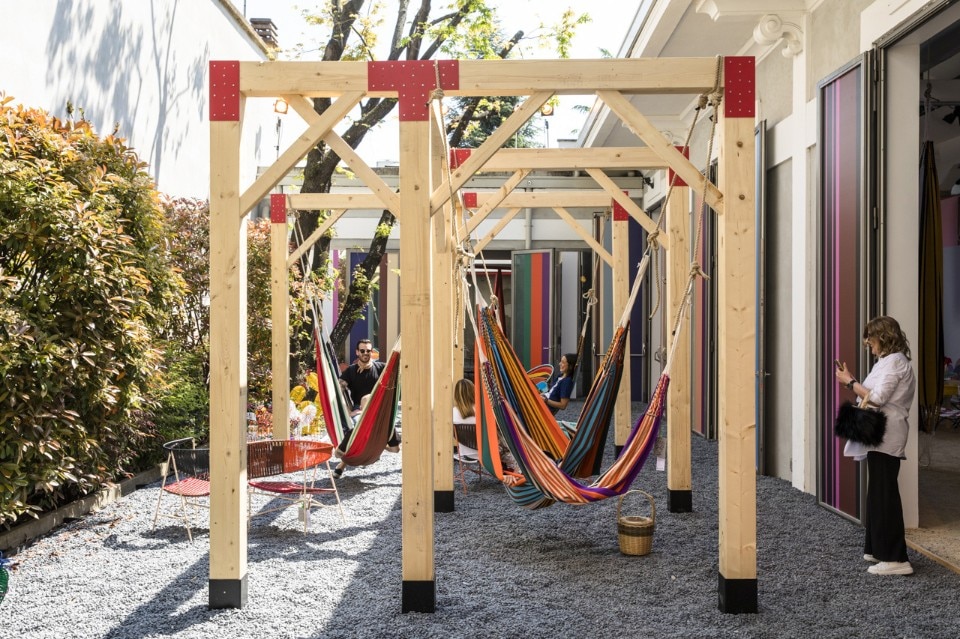
There’s travel at Hermès, where from Colombia we head for Morocco. At the completely modified Permanente, 7 large volumes host the collections by Hermès Maison with architecture covered in enamelled terracotta zellige tiles (three weeks of work, for over 150,000 tiles). Different colours for each space, intended to host different families of objects, where ceramics is the star: not only as the backdrop, but also for precious vases and objects, displayed alongside tea pots, cups, dishes, trays and even games, like lacquered boxes that call to mind Tangram. For Hermès (brand founded in 1837 for equestrian accessories) leather finds a new form. An example? The tool that, normally used to regulate the necks of horses, now becomes a necklace display.


